Solar charge controllers are indispensable components in off-grid solar applications. They connect to both the solar panel and the battery and regulate the battery charge to avoid overcharging and over-discharging. They also prevent the current flowing from the battery back to the panel at night and can monitor the battery temperature to prevent overheating. Voltage regulation when charging a battery is important for the battery's lifespan and healthy operation. There are some charge controllers in the market that support additional features like lighting or DC loads. In these cases, the controller also performs low voltage disconnect (LVC) which is cutting off the load if the battery is low then turn them back on when power is available. Charge controllers can either be stand-alone devices or integrated into the circuitry of a battery-powered device or battery charger. Stand-alone charge controllers are of 2 major types: PWM (Pulse Width Modulation) and MPPT (Maximum Power Point Tracking). PWM and MPPT controllers both adjust the charging rates based on the battery's level but they do so differently.
PWM Charge Controllers
PWM charge controller is the simpler and more affordable of 2 controllers types. This charge controller matches the voltage obtained from the solar panel with the voltage of the battery. The surplus voltage output from the solar panel is discarded. Over the charging period when the battery's voltage rises charge controller draws more voltage from the panel. It's important to note that the solar panel's actual voltage needs to be higher than the battery's nominal voltage otherwise the battery will not charge. By way of example, an 18 Vmp (maximum power voltage) panel is suitable for charging a 12 V battery. The main drawback of PWM charge controllers is that they are inefficient. They have 70% - 80% efficiency which stems from the fact that they drop the panel's output voltage but maintain the same current thus underutilize the available power (loss in wattage).
When choosing a PWM charge controller there are several important considerations to make. Firstly, check the nominal voltage. It shows the voltage of the batteries the controller can work with: for example, 12 V, 24V, etc. Next, look at the amperage rating ("Rated Charge Current") to know the maximum input current the controller can handle. For example, if Rated Charge Current is 20 A and you have three 100W panels with Imp (Maximum Power Current) = 5.59 A then 3 x 5.59 = 16.77 A. To account for the fact that sometimes solar panels can produce more current than the value it is rated for we multiply our last number with 1.25: 16.77 x 1.25 = 20.96 which surpasses the Rated Charge Current of 20 A so the controller is not a good fit for us. Next, look at "Voltage of Solar Panel". Say, it is 50 VDC max. It means it is safe to connect two 100 W solar panels with Voc(Open Circuit Voltage) = 20 V because 2 x 20 = 40 V < 50 V. Other parameters to look at include the suitable cable and battery types (Gel, AGM, Flooded, etc)
MPPT Charge Controllers
MPPT charge controllers have more advanced circuitry, are more efficient and, consequently, more expensive. What makes MPPT controllers 94% - 99% effective is their ability to track the maximum voltage and current produced by the solar panel in any given moment. By the way, solar inverters also use MPPT algorithm for the maximum power extraction from the solar panel. Like PWM controllers MPPT charge controllers also drop the panel's output voltage to match that of the battery. In the meantime, the controller increases the current so that almost the full power of the panel is utilized. With an MPPT controller, you can charge a 4 x 12 V battery bank using three 20 V (total 60 V) solar panels connected in series. Say, you have three 250 W panels with Vmp = 30.5 A and Imp = 8.19 A. You need at least 13 V to charge each battery so 52 V in total. If you were to use a PWM controller in this setting it would just use 52 x 8.19 = 426 W power that is a 43% energy waste. MPPT controller, on the other hand, will increase the current to 14.42 A to leverage the full power.
Solar Charge Controller Charging Modes
Solar charge controllers, in general, have 5 working modes:
- Equalization charging - this is not done frequently. Equalization charging is done for maintenance reasons by temporarily overcharging the battery to desulfate its cells. This process maintains the battery cell health increasing battery's longevity.
- Bulk charging - this is typically the first state of battery charging when it has a low charge. It's a quick charging mode when the current is at its maximum. This mode precedes the Boost charging mode.
- Boost charging - this is the most common mode the battery operates in. The boost charging voltage is dependent on the battery type.
- Float charging - this mode is used when the battery is fully charged to prevent it from a damage. In this mode, the battery still charges but the voltage and current are kept low as to match the battery's natural discharge rate
- Low voltage reconnect/disconnect - this mode is used in the charge controllers that support DC loads. Low voltage disconnect appears when the battery's voltage is lower than a threshold value. In that case, the DC load is cut off. Reconnect event occurs when the voltage level is high enough for the load to turn back on.
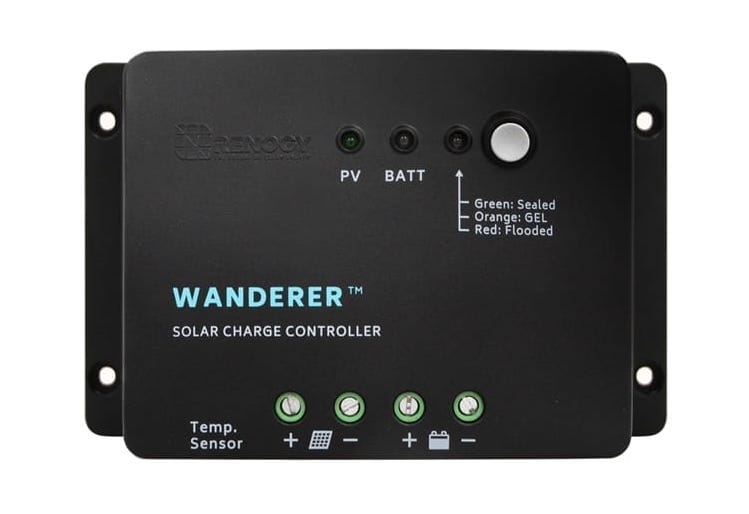

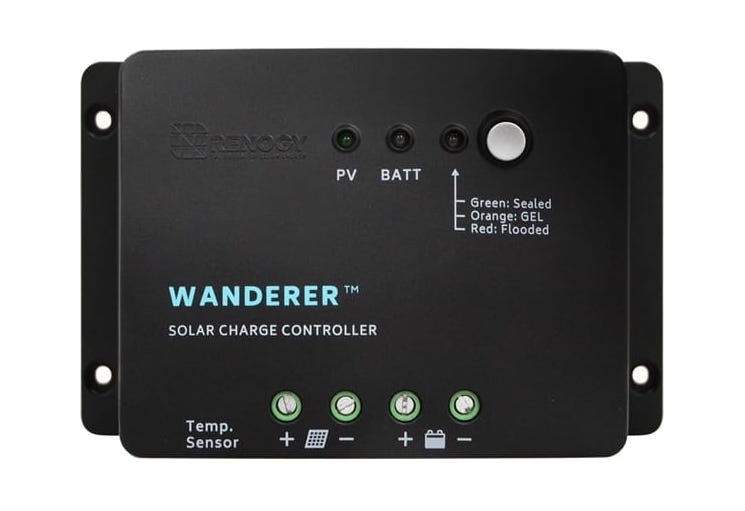
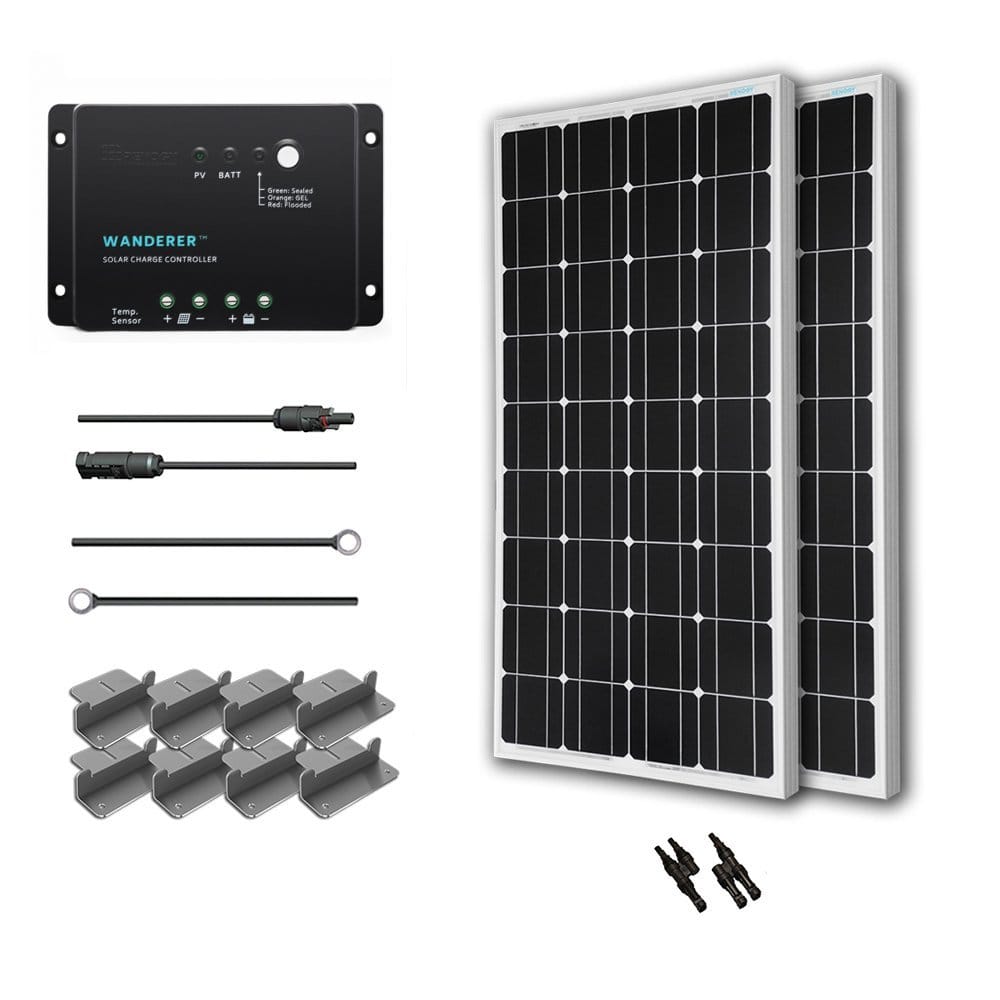
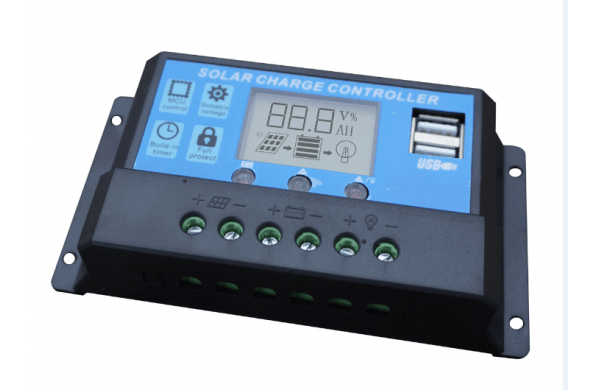
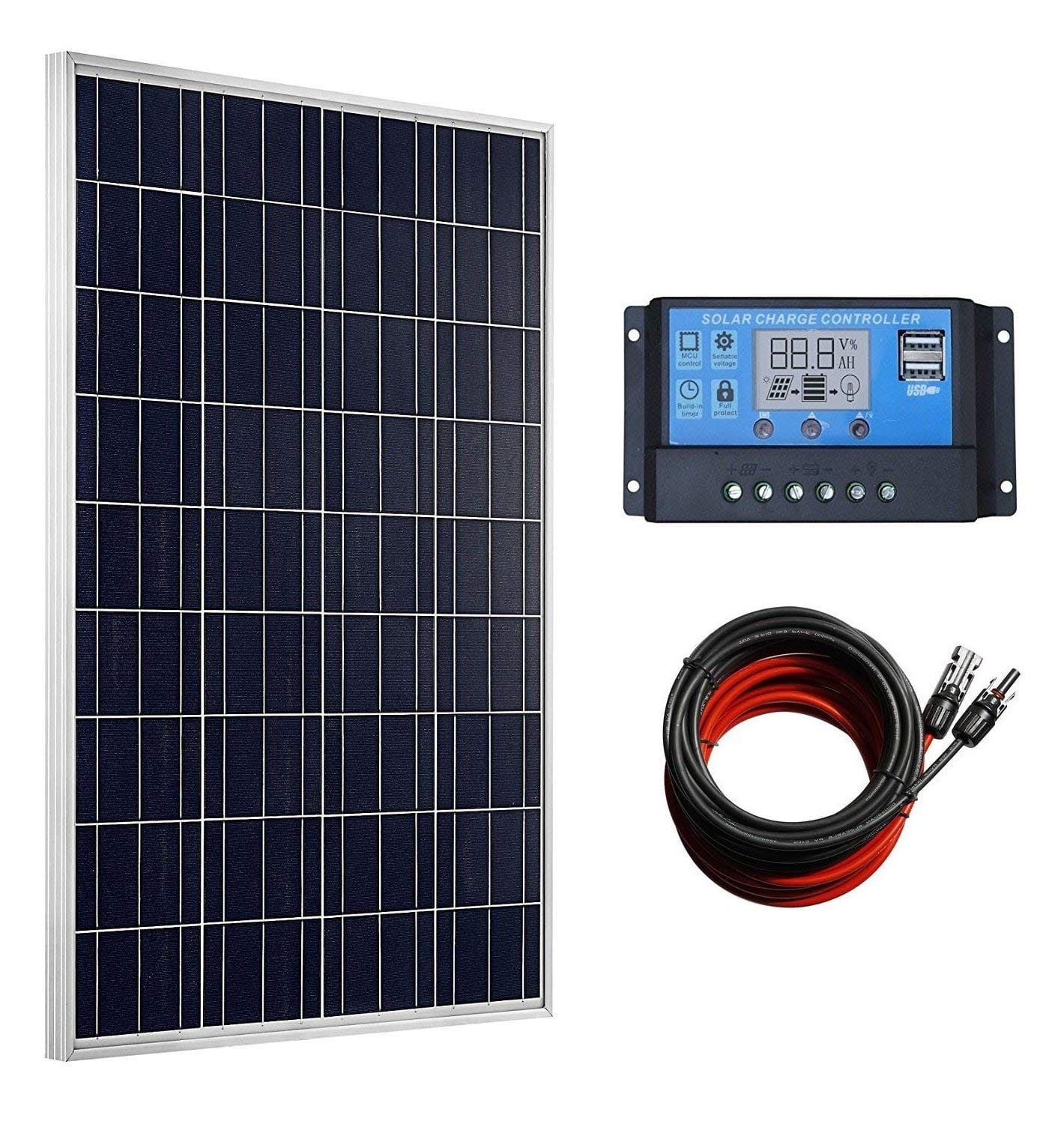
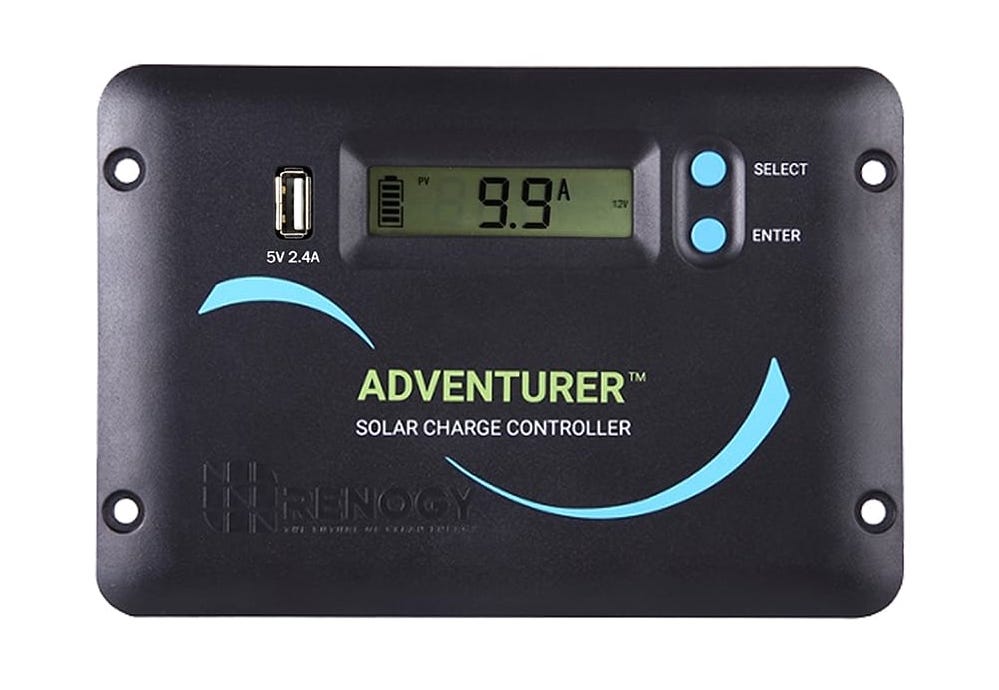
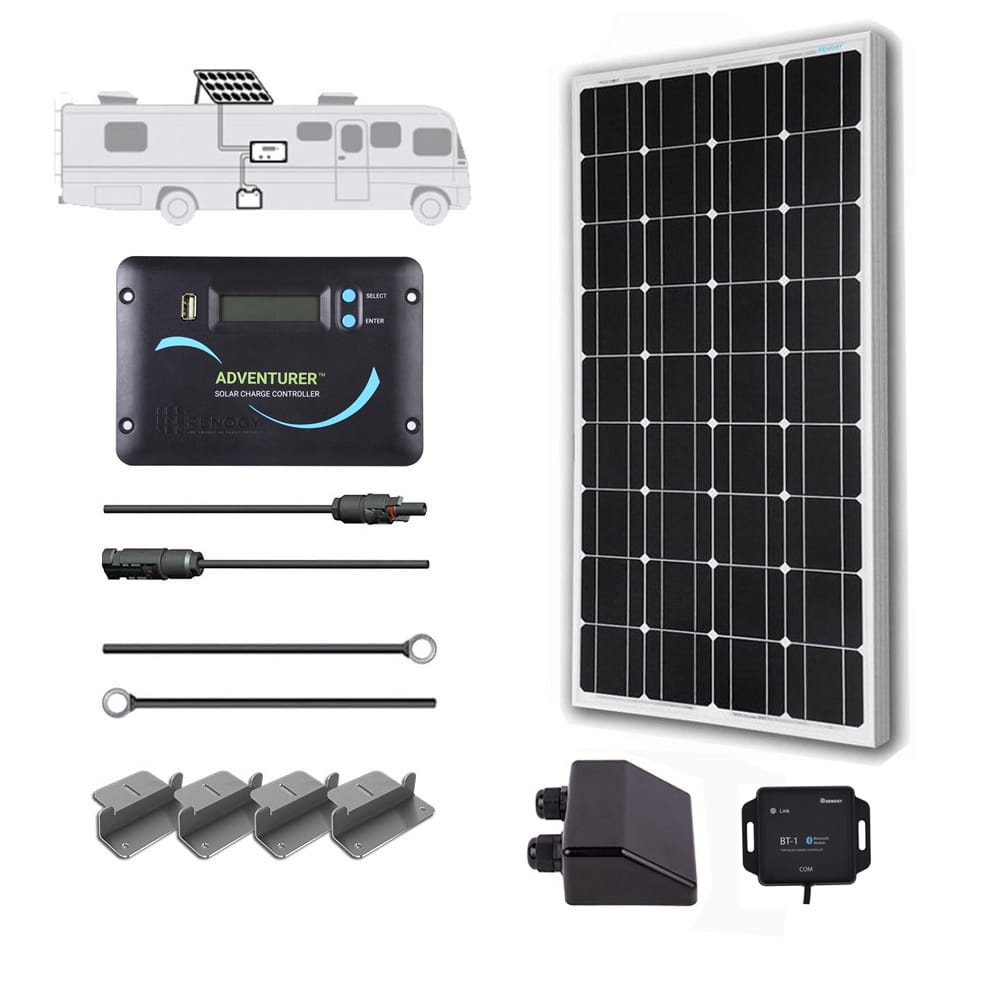
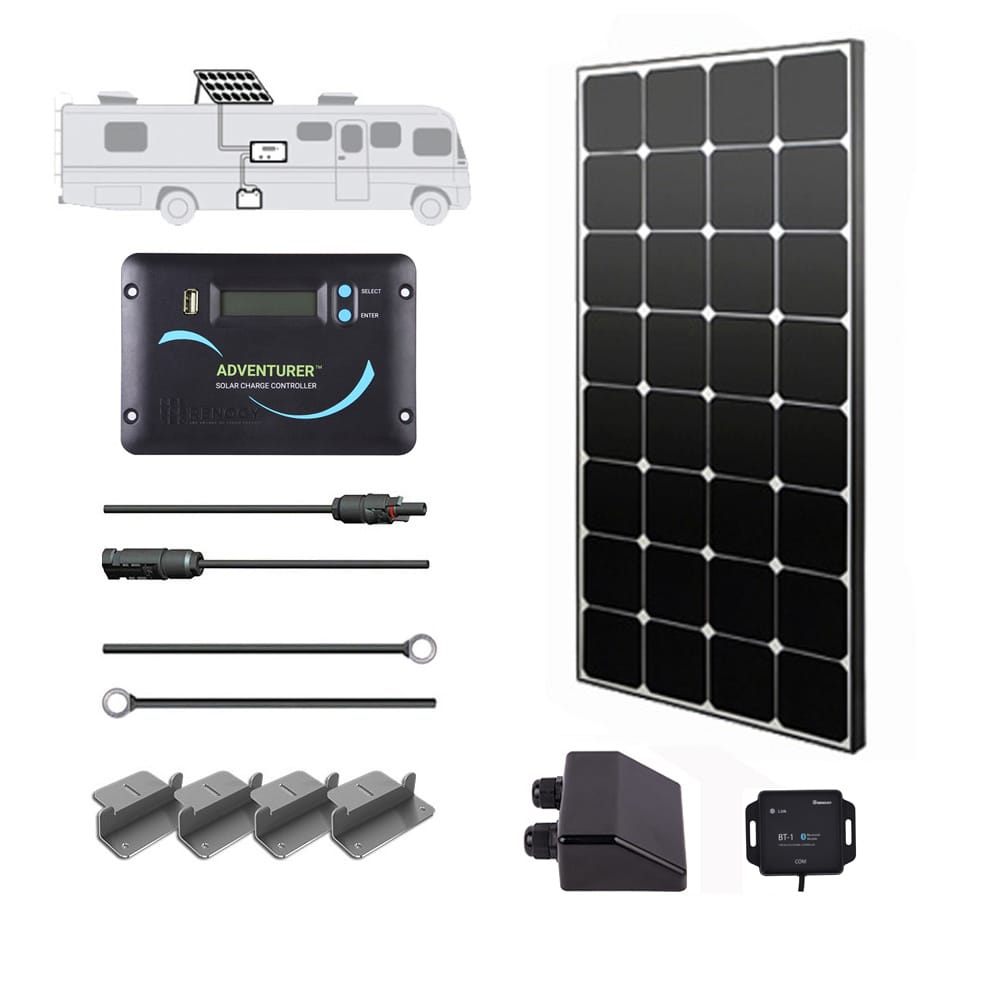
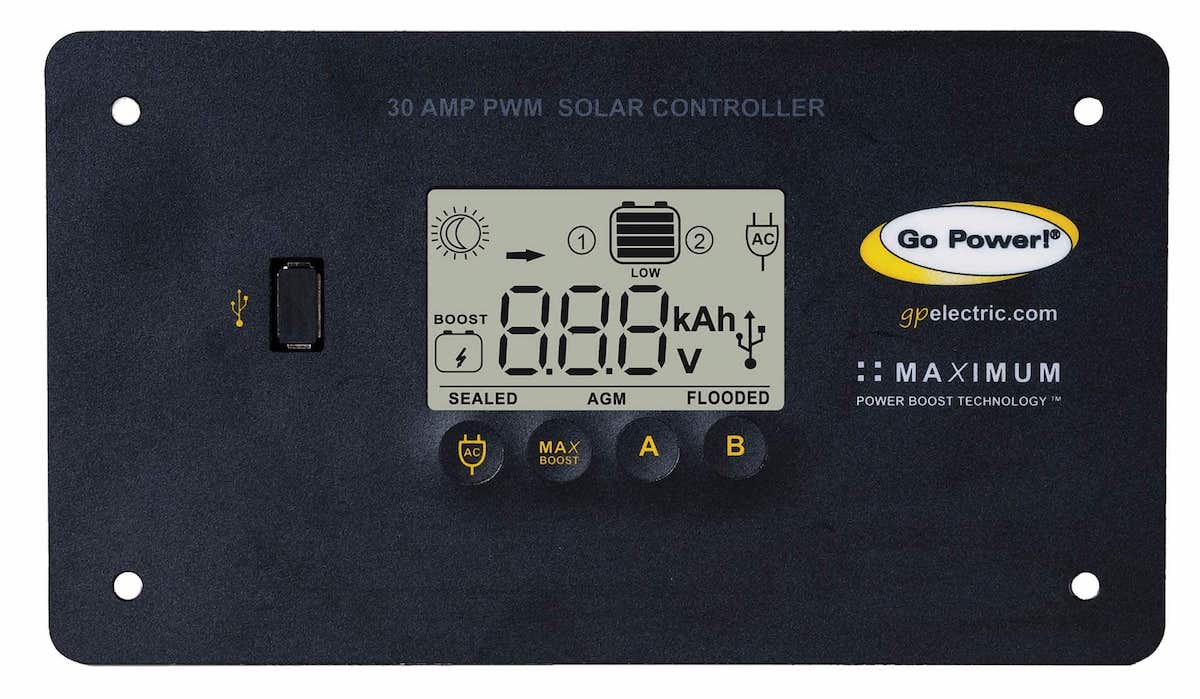
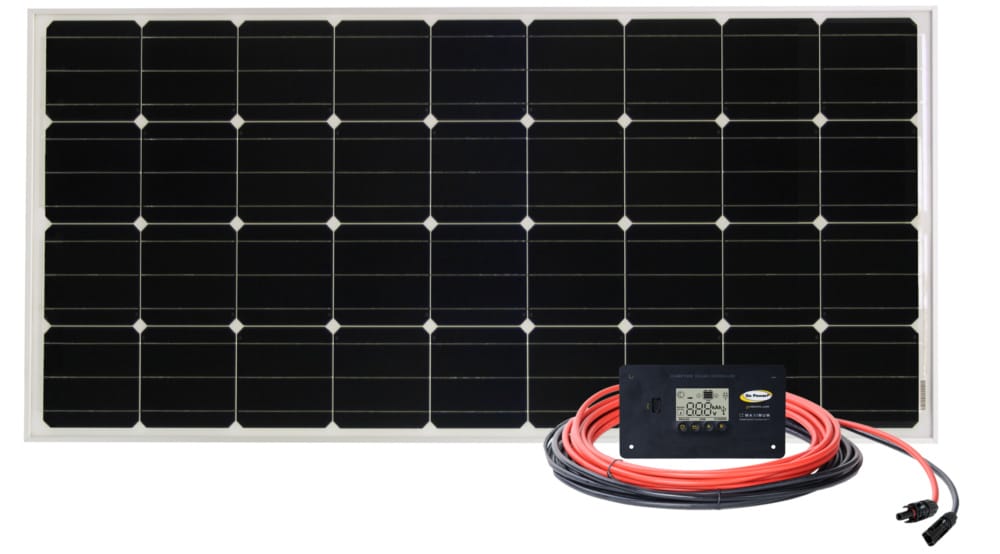
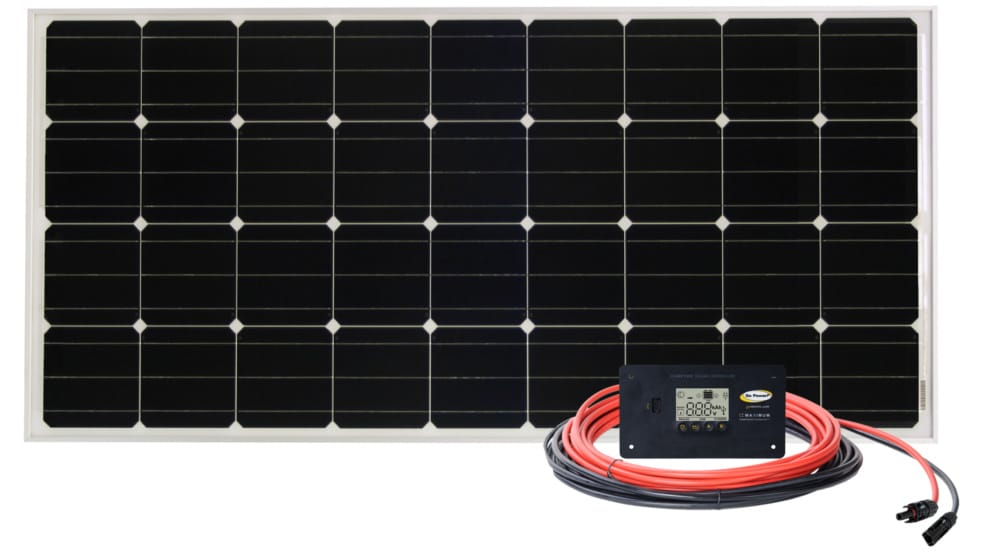
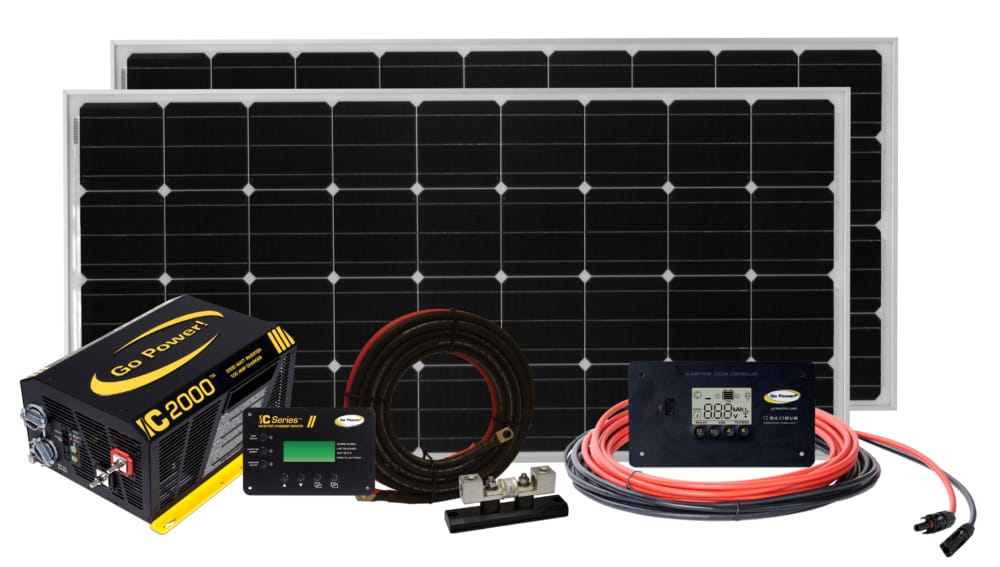
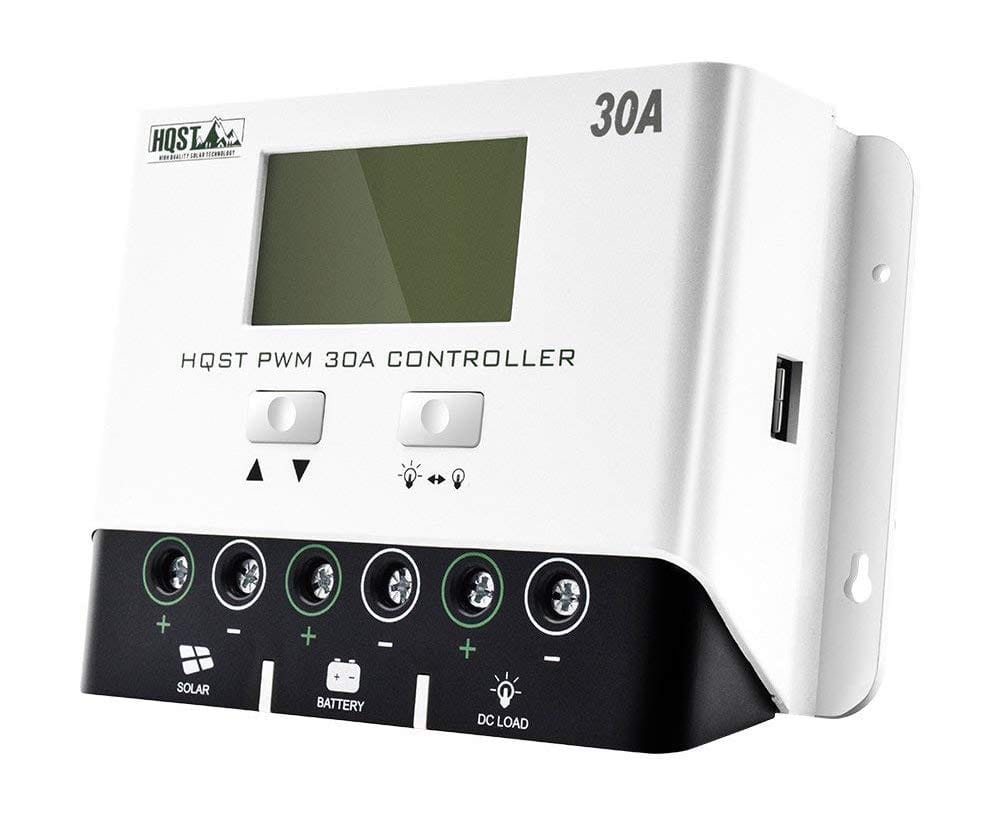
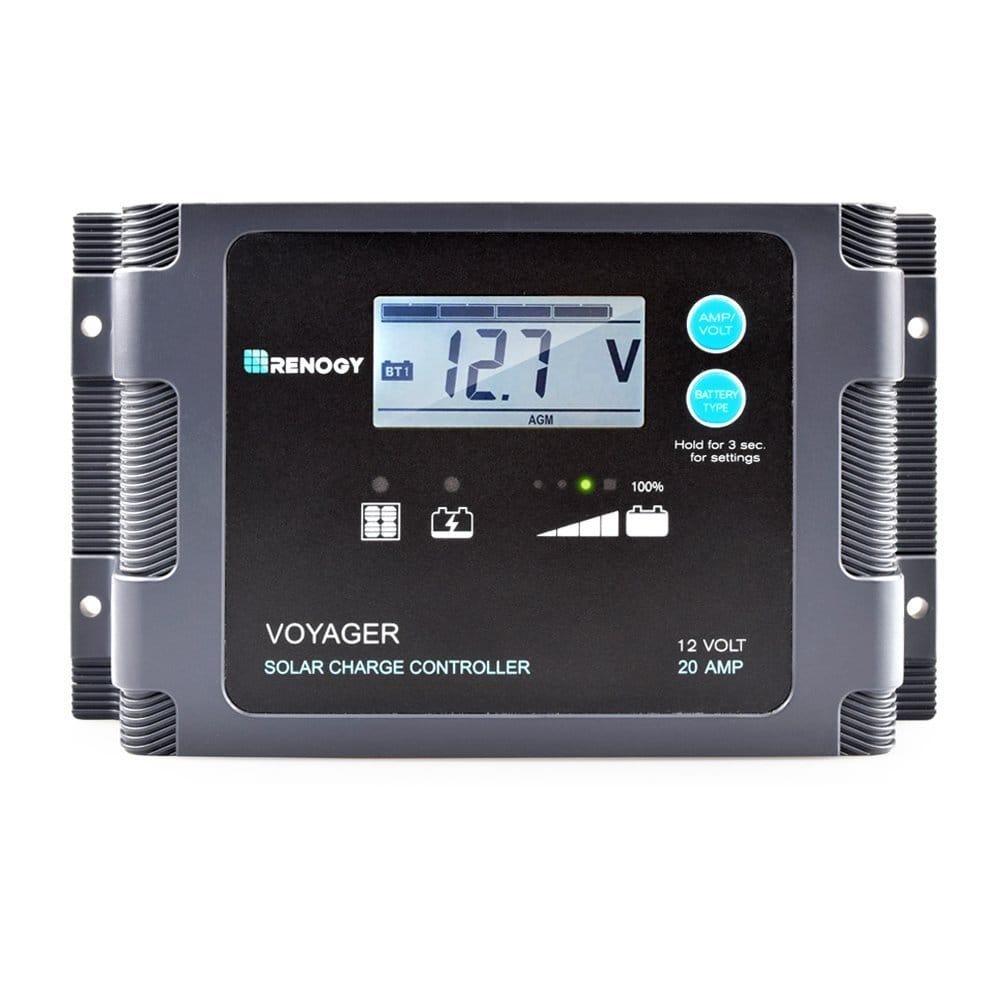
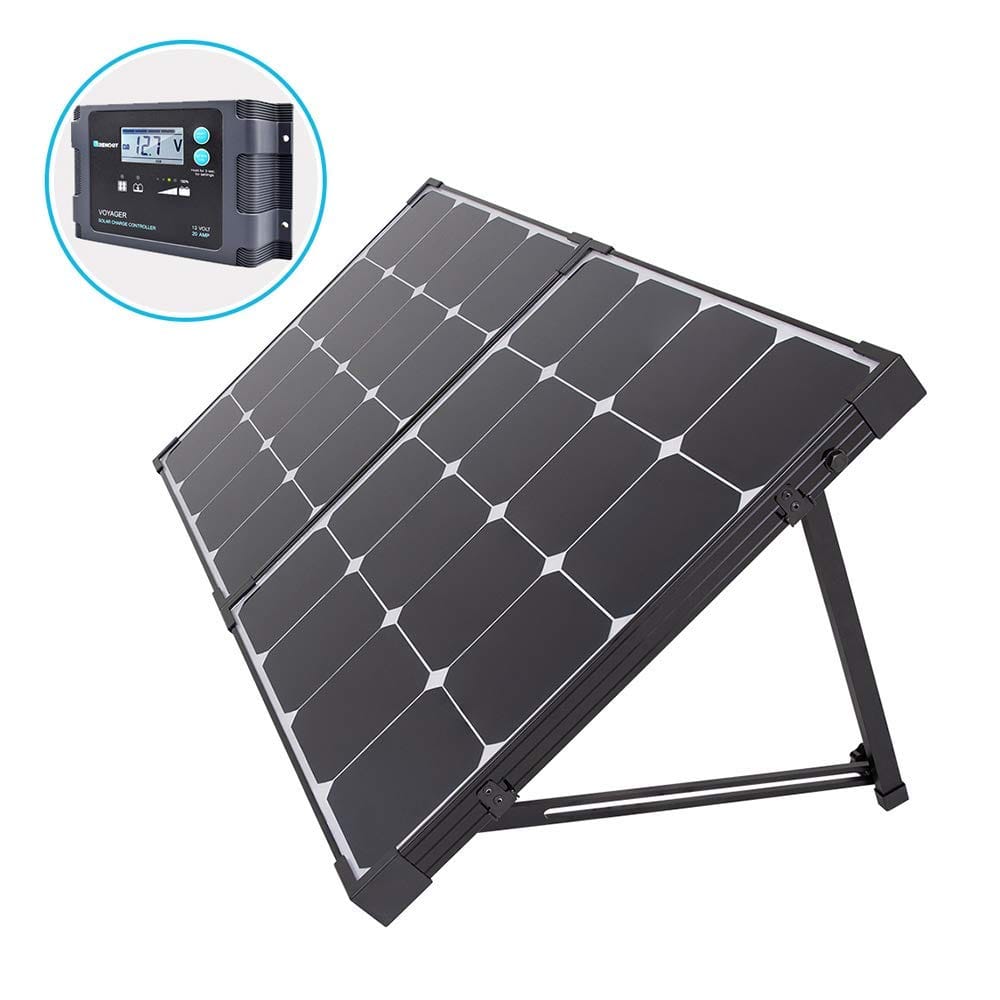
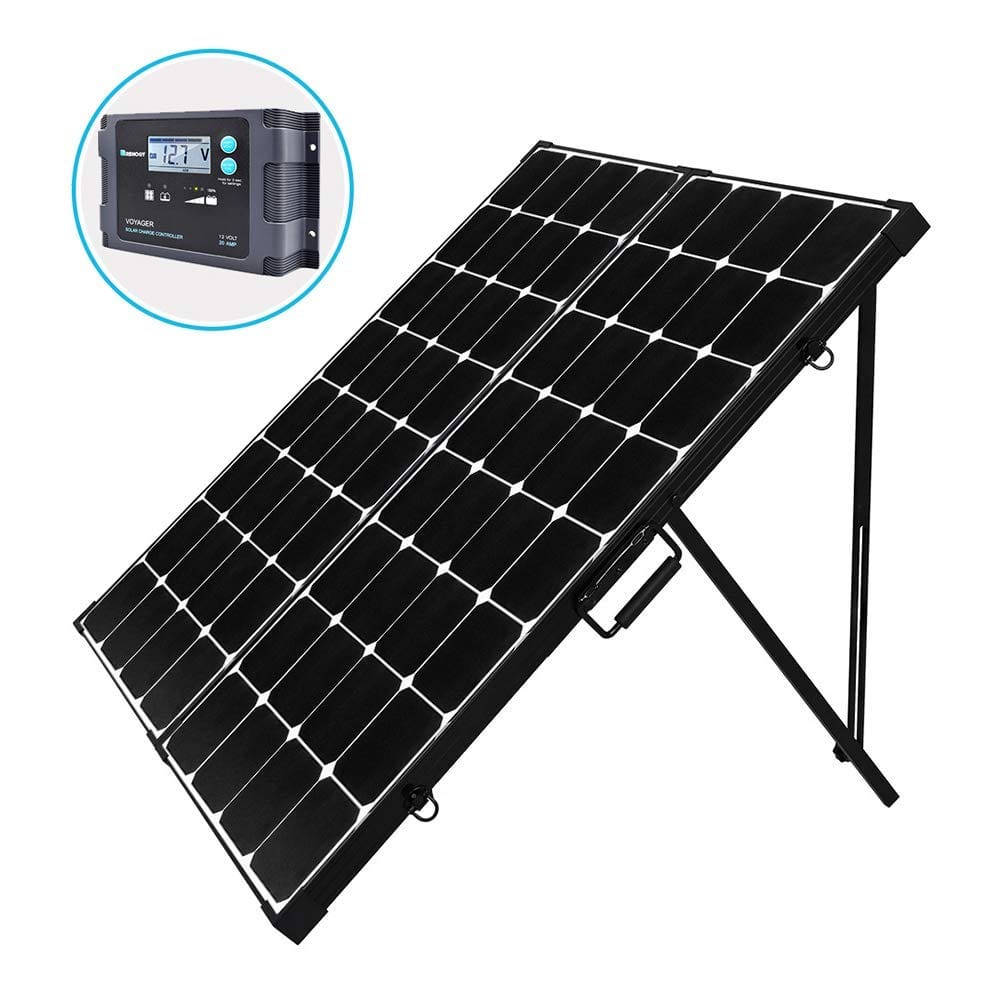
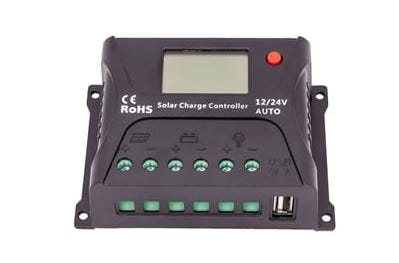
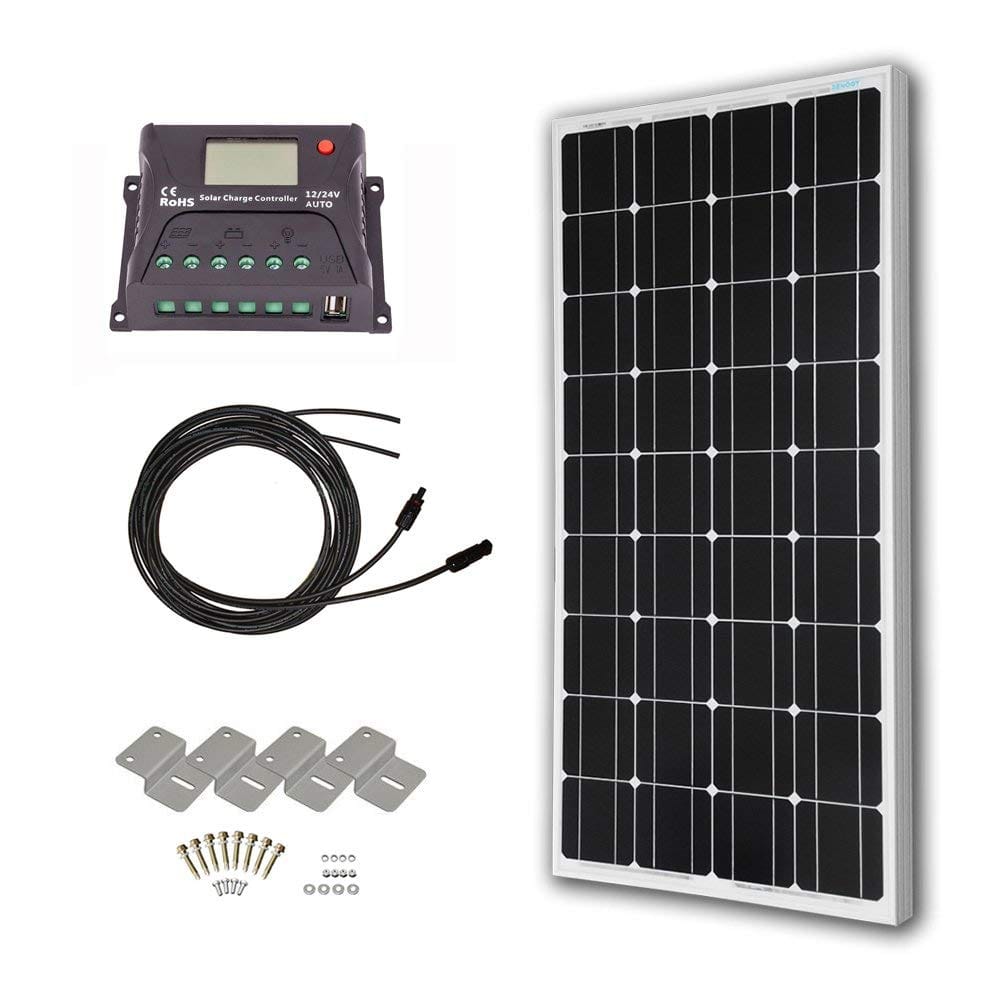
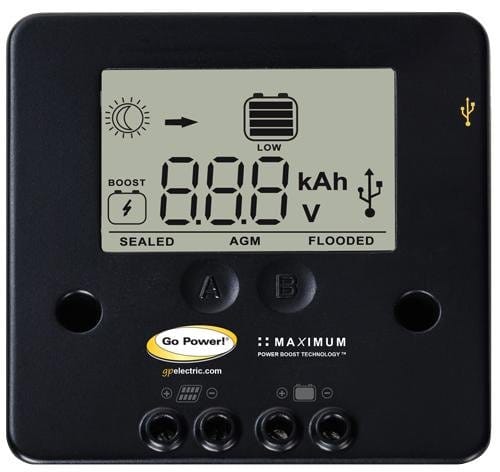
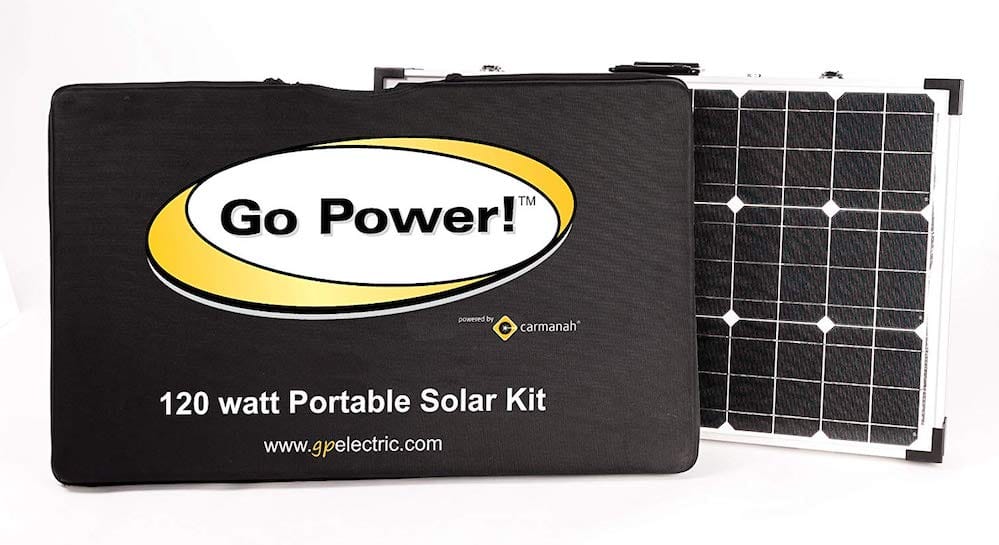
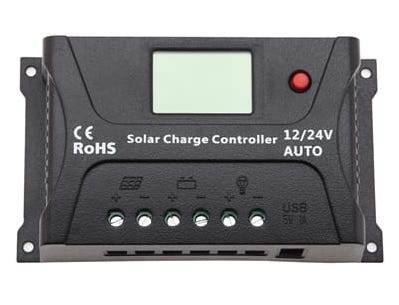
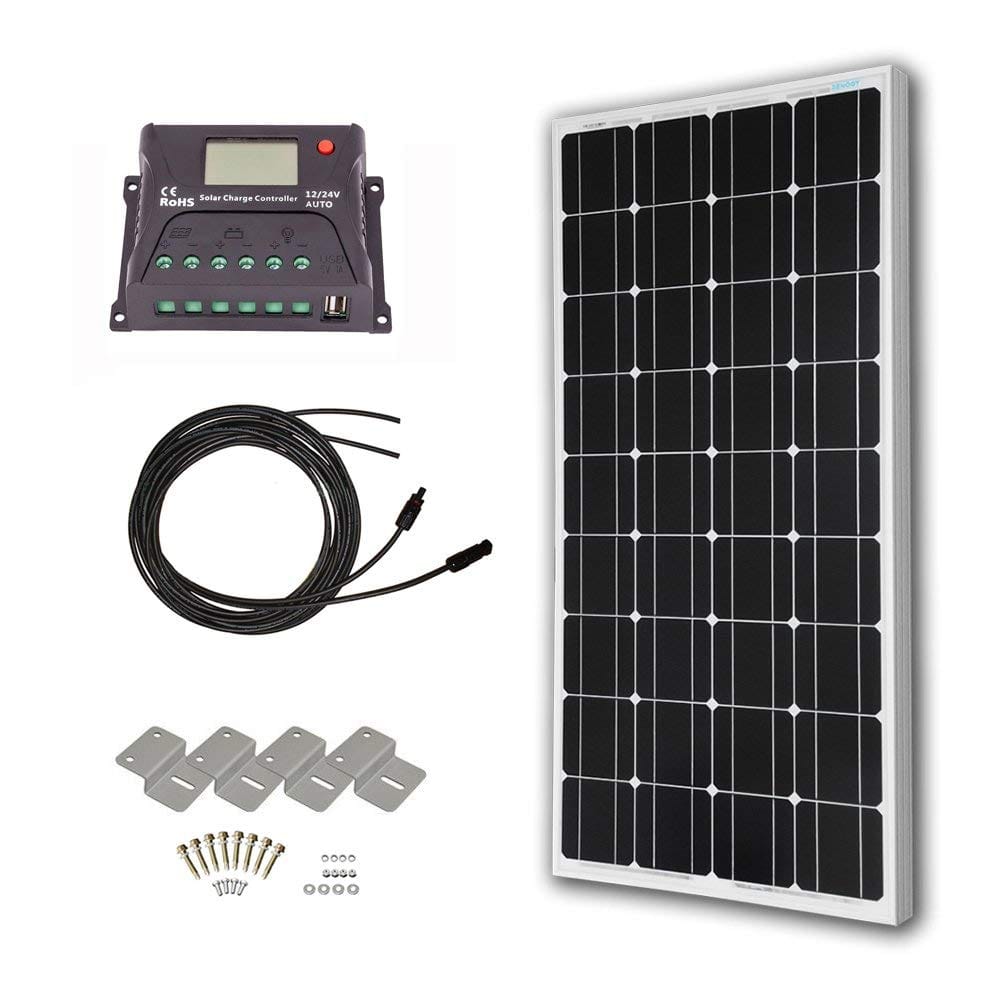
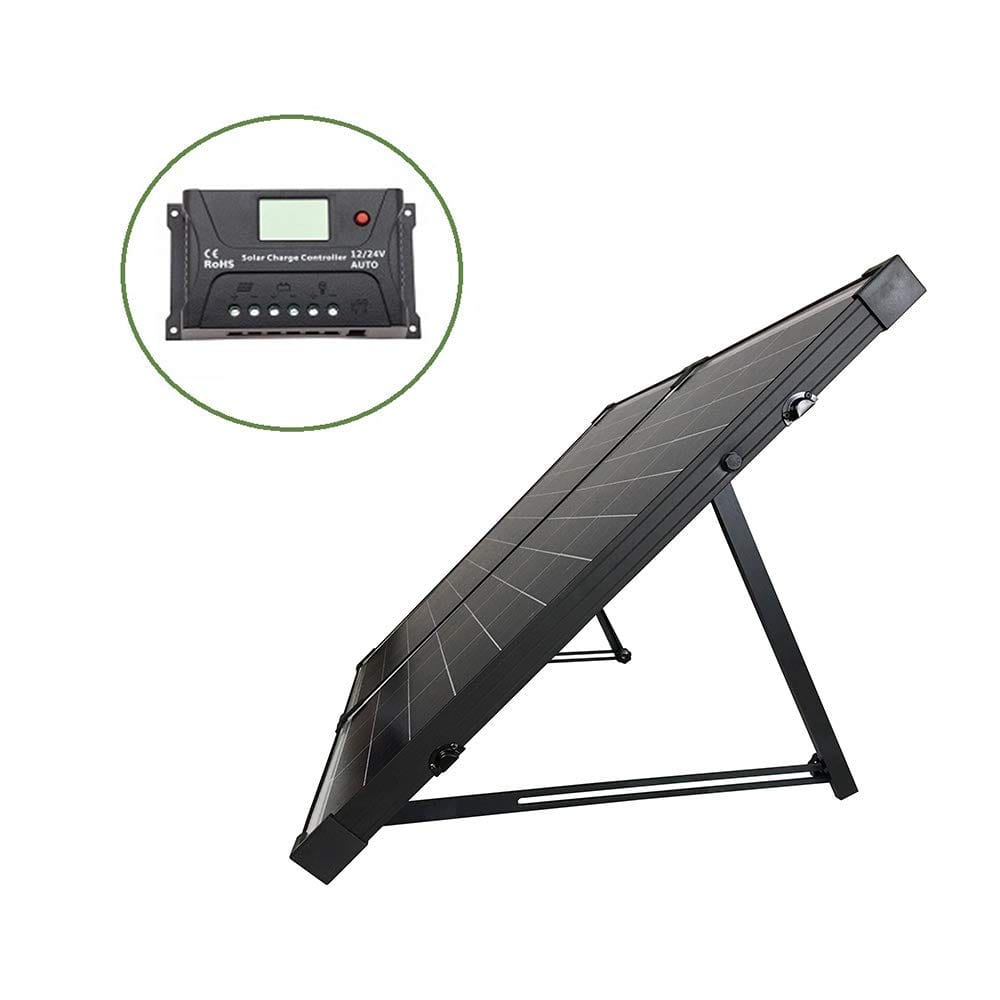
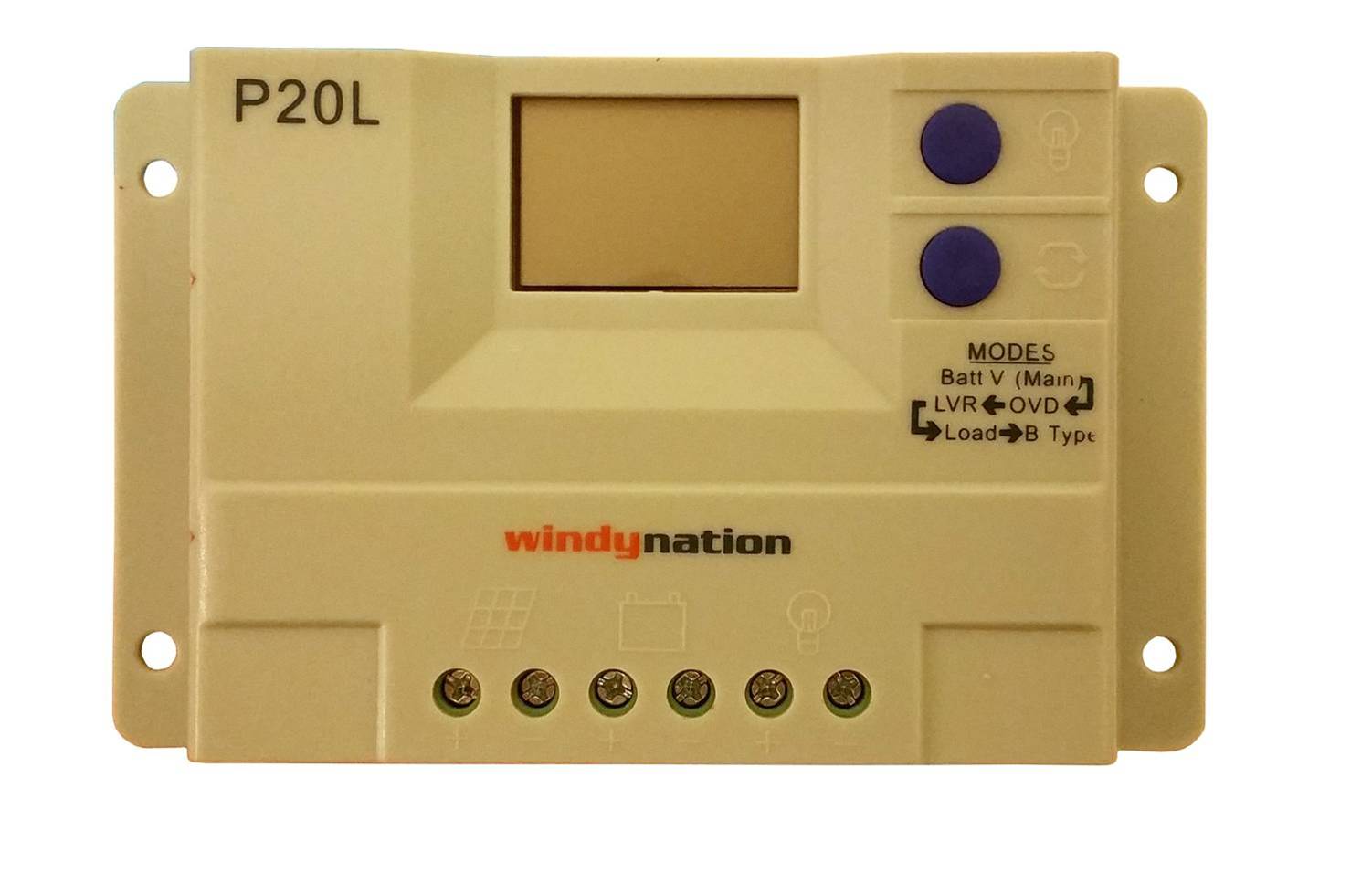
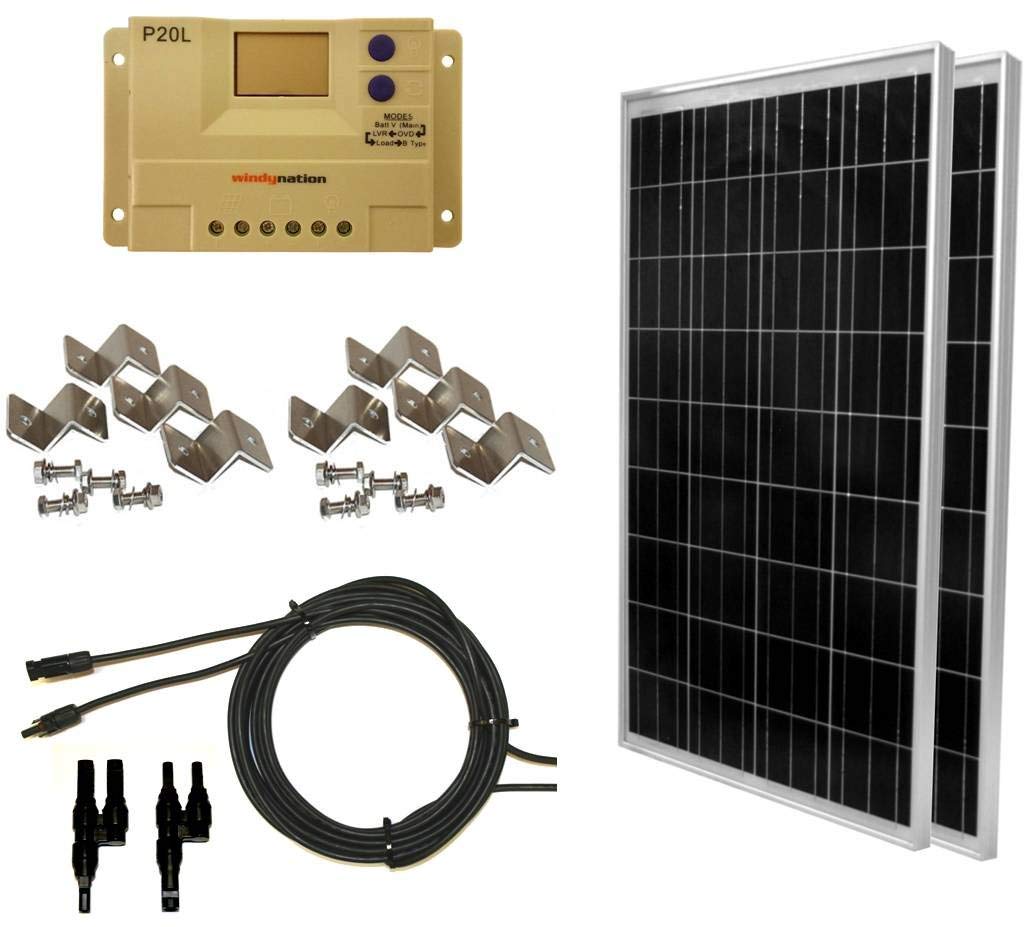
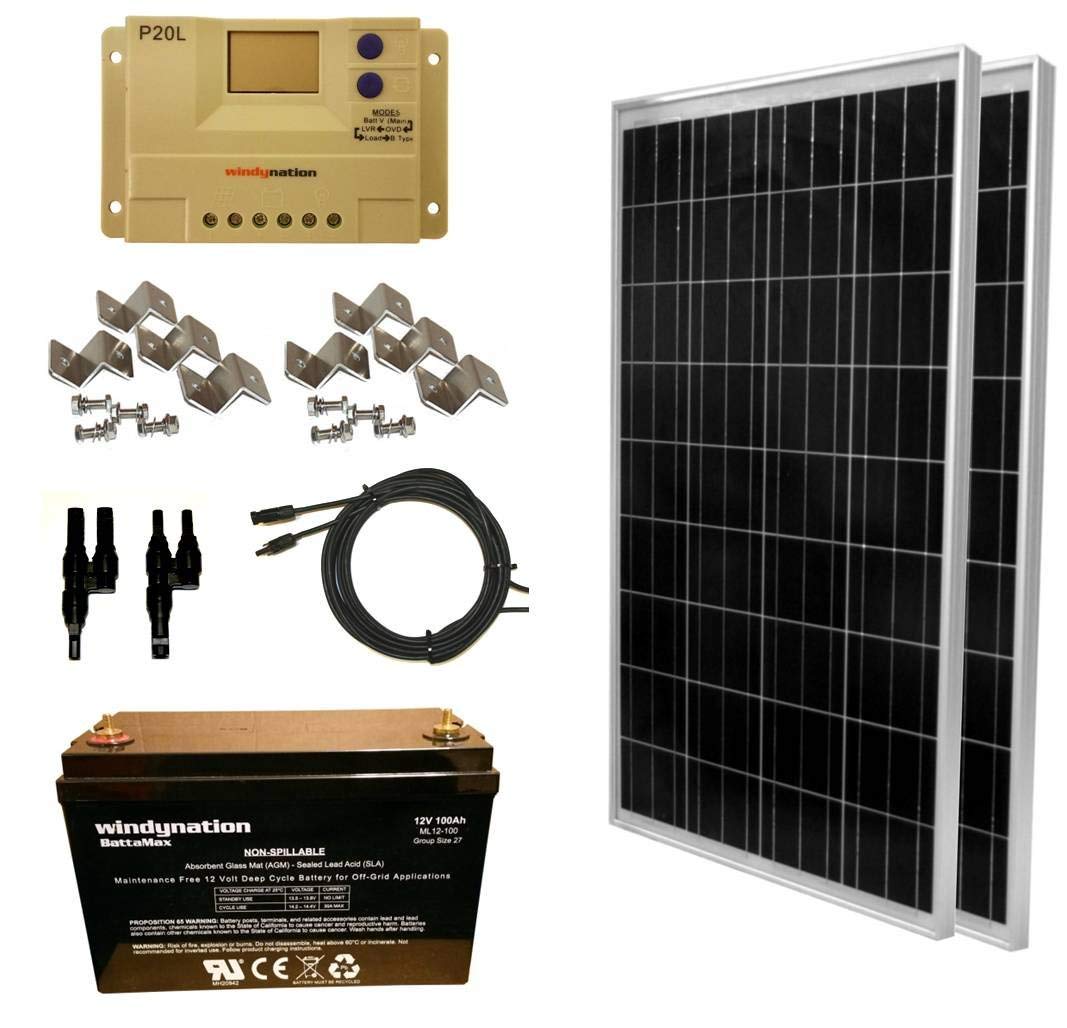
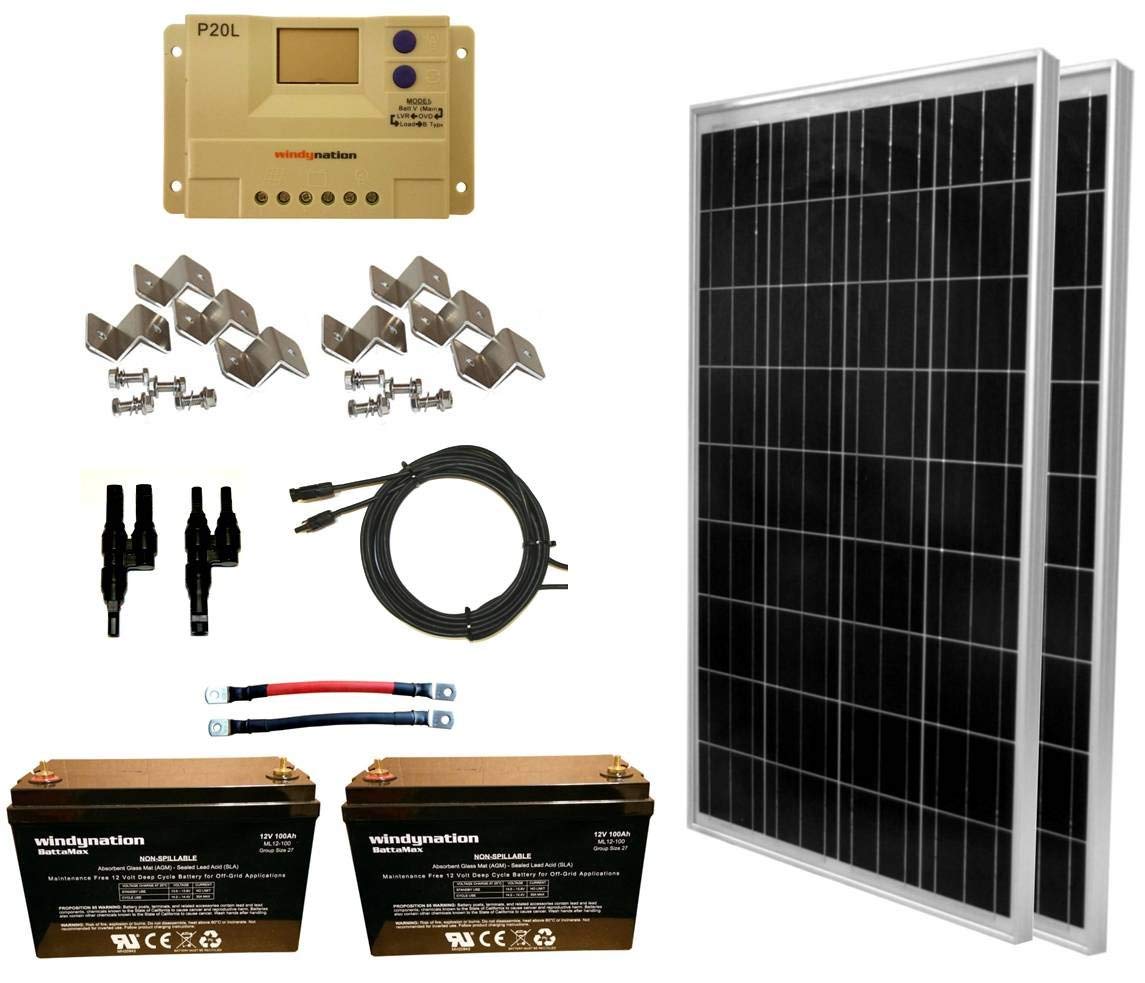
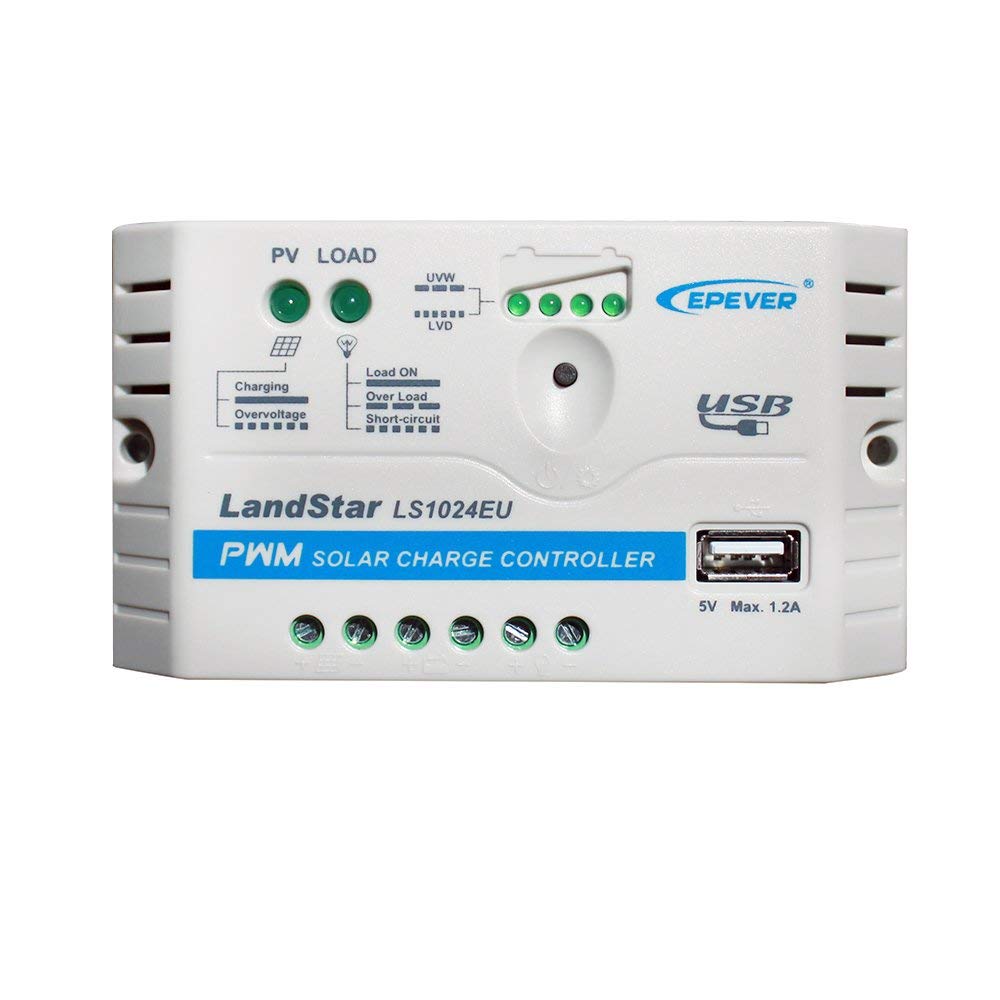
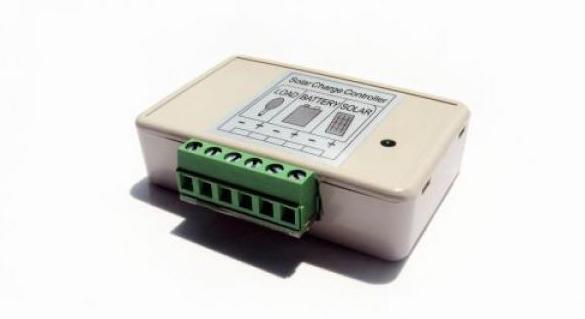
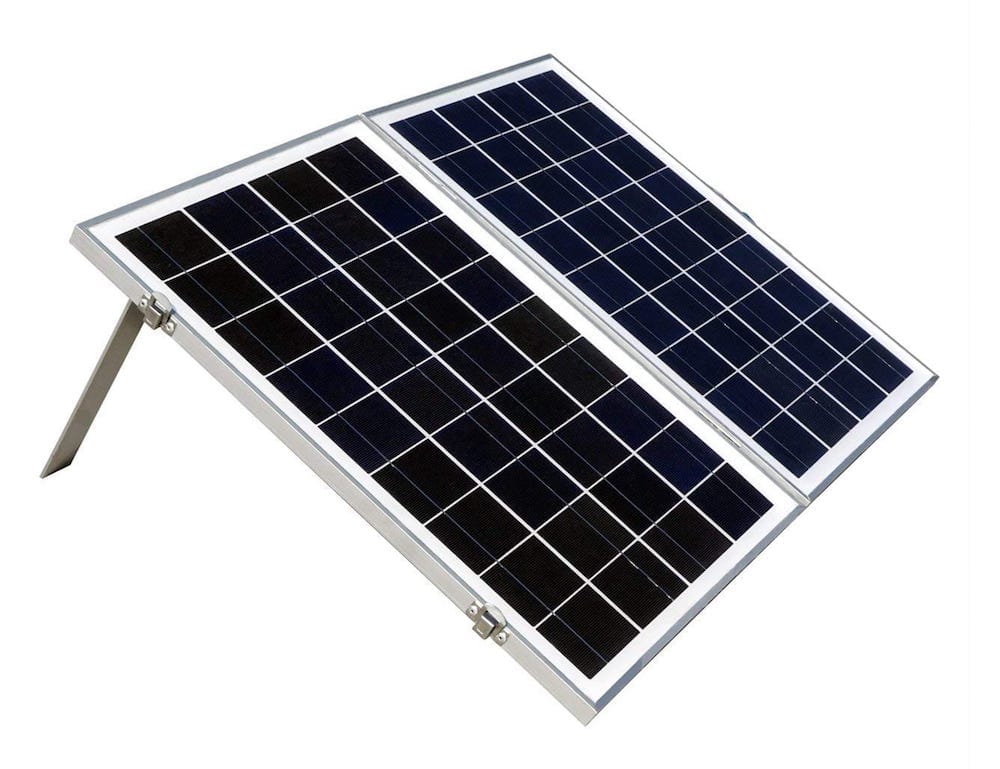
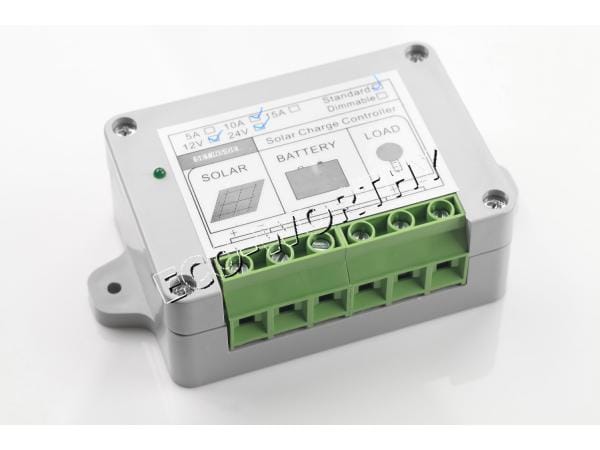
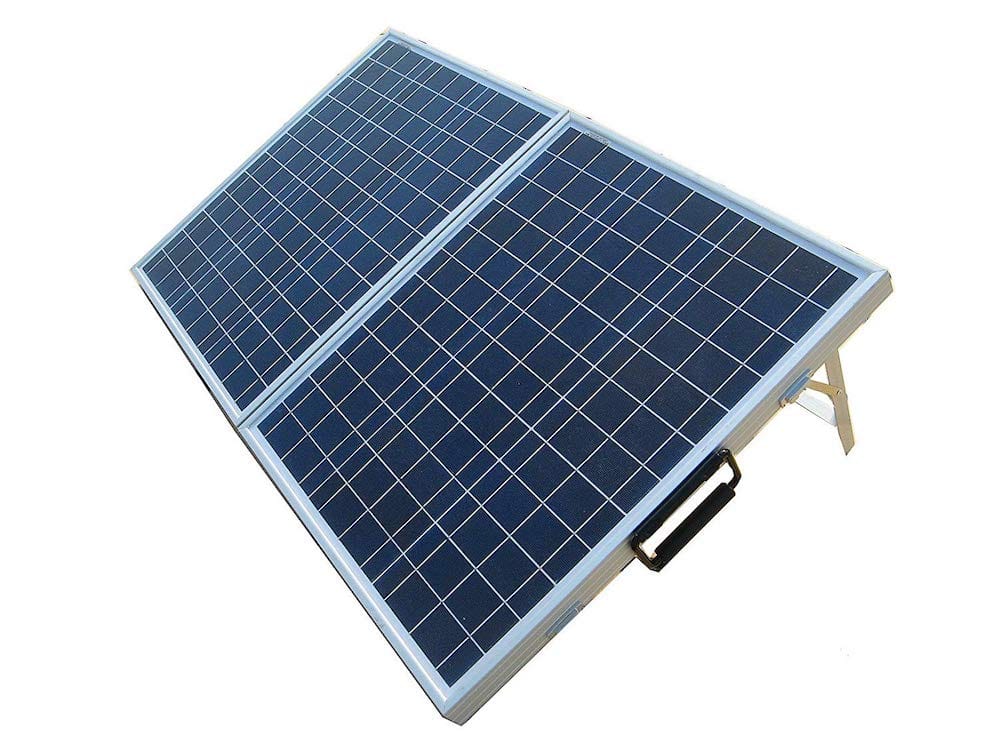
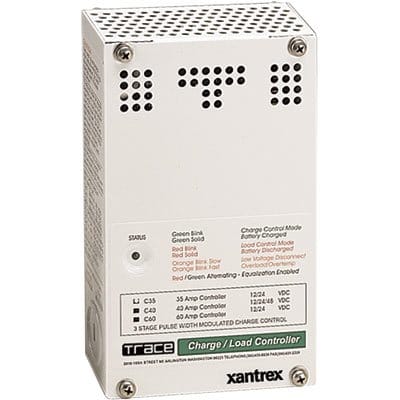
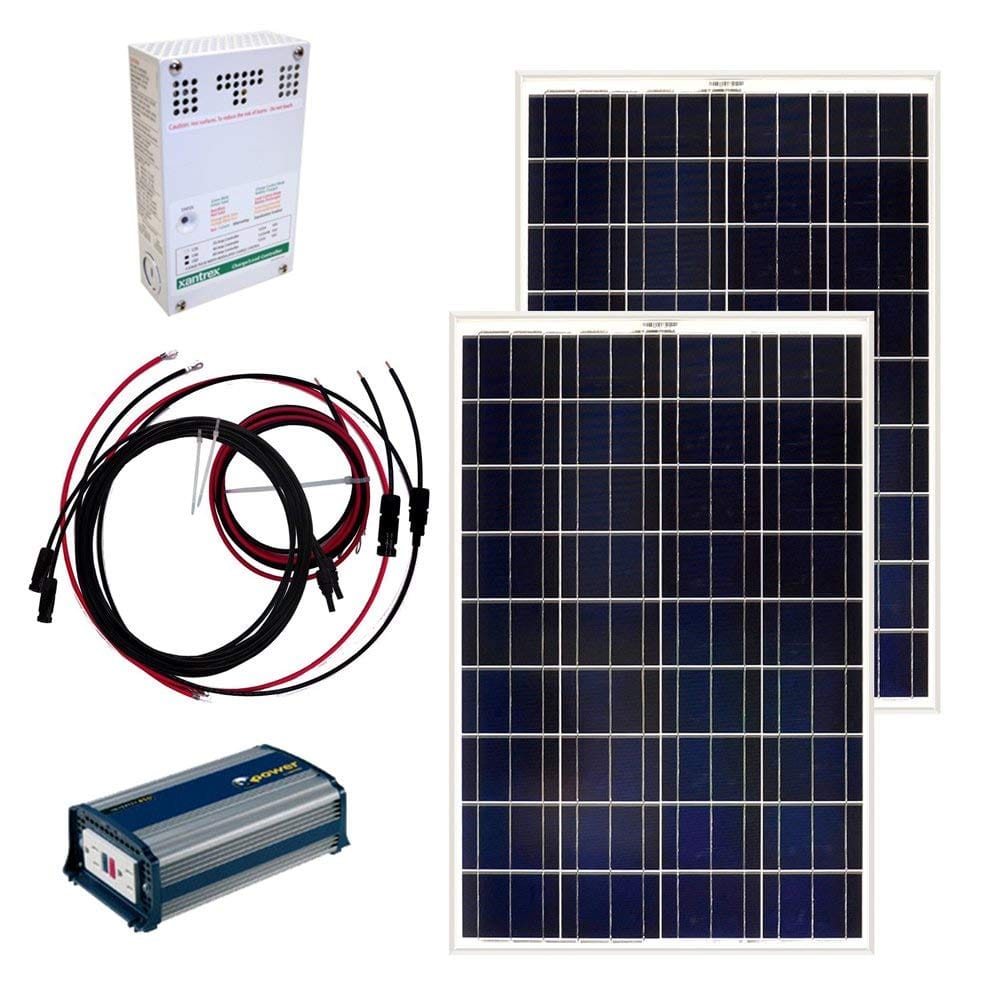
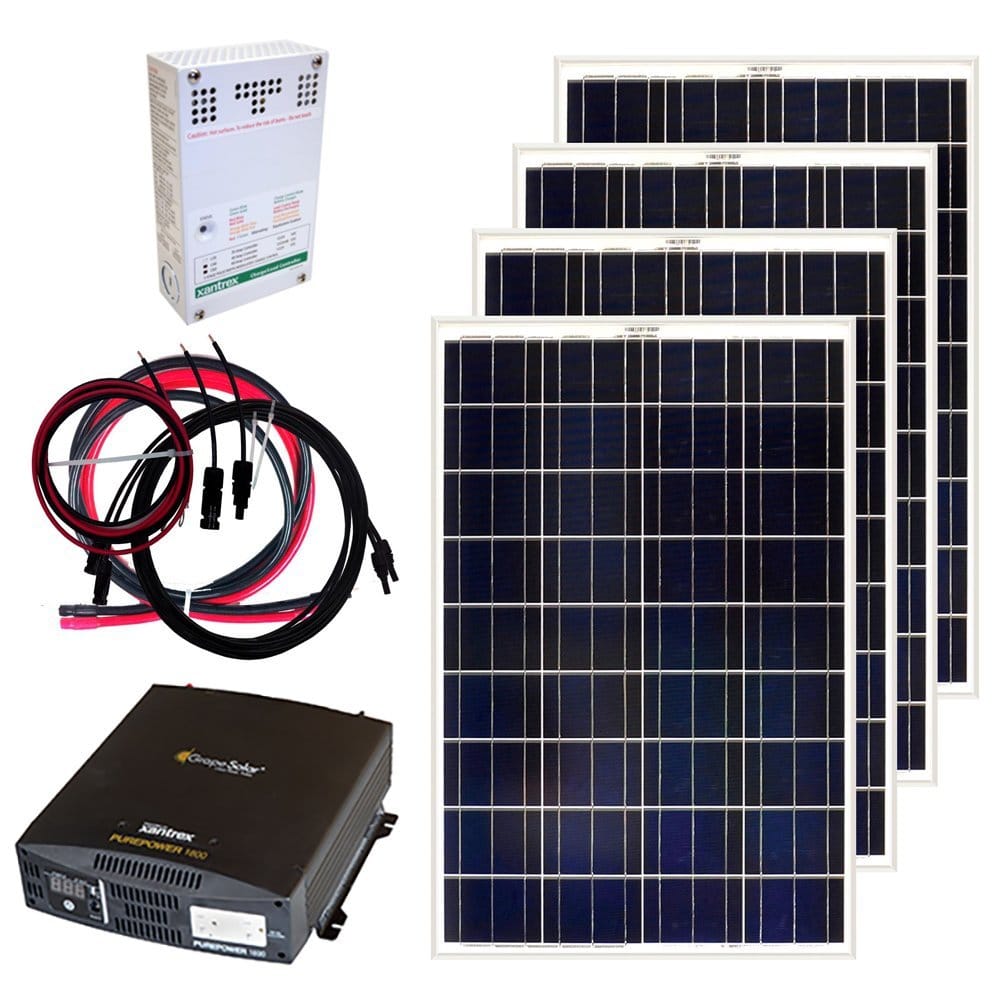
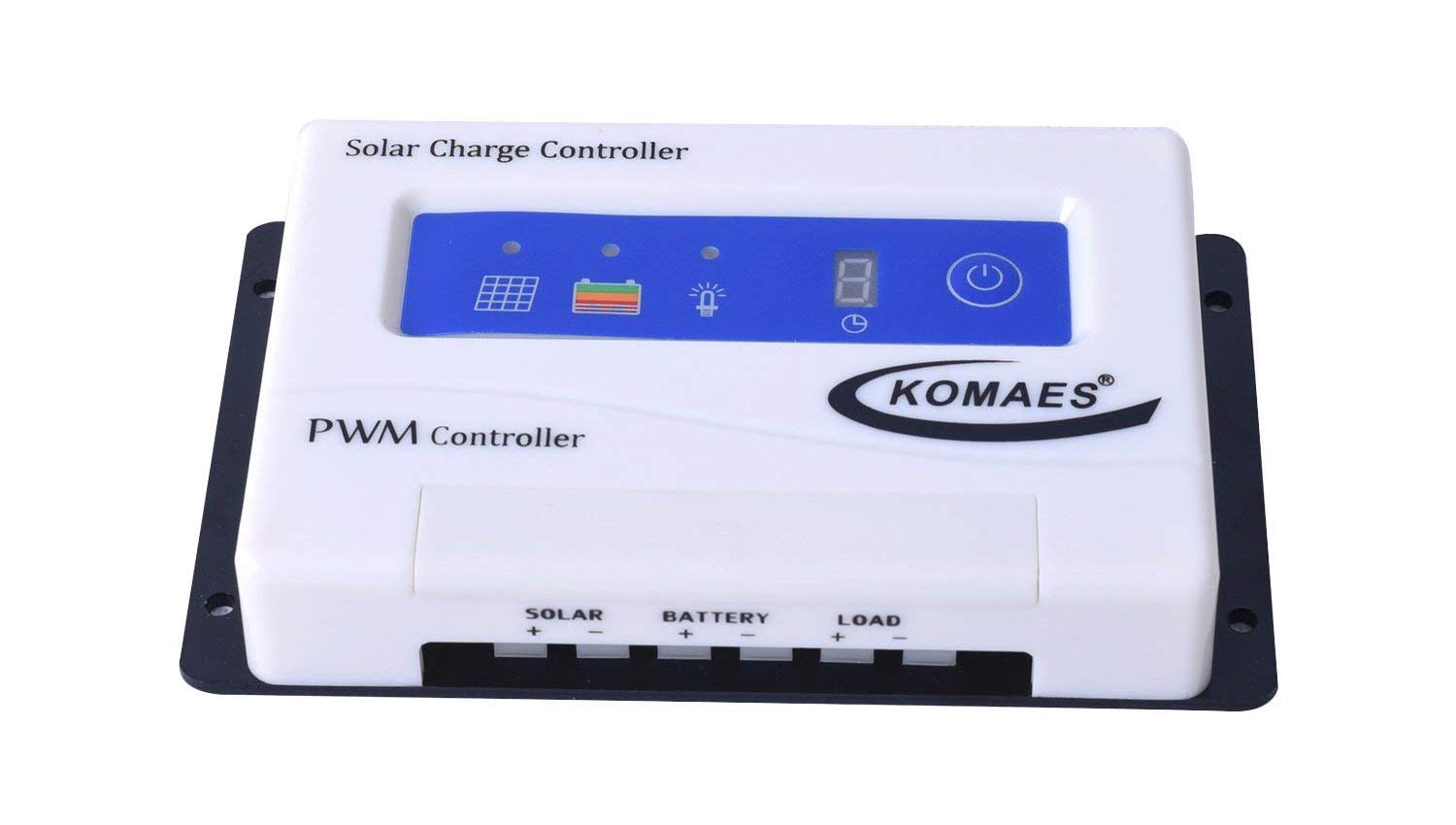
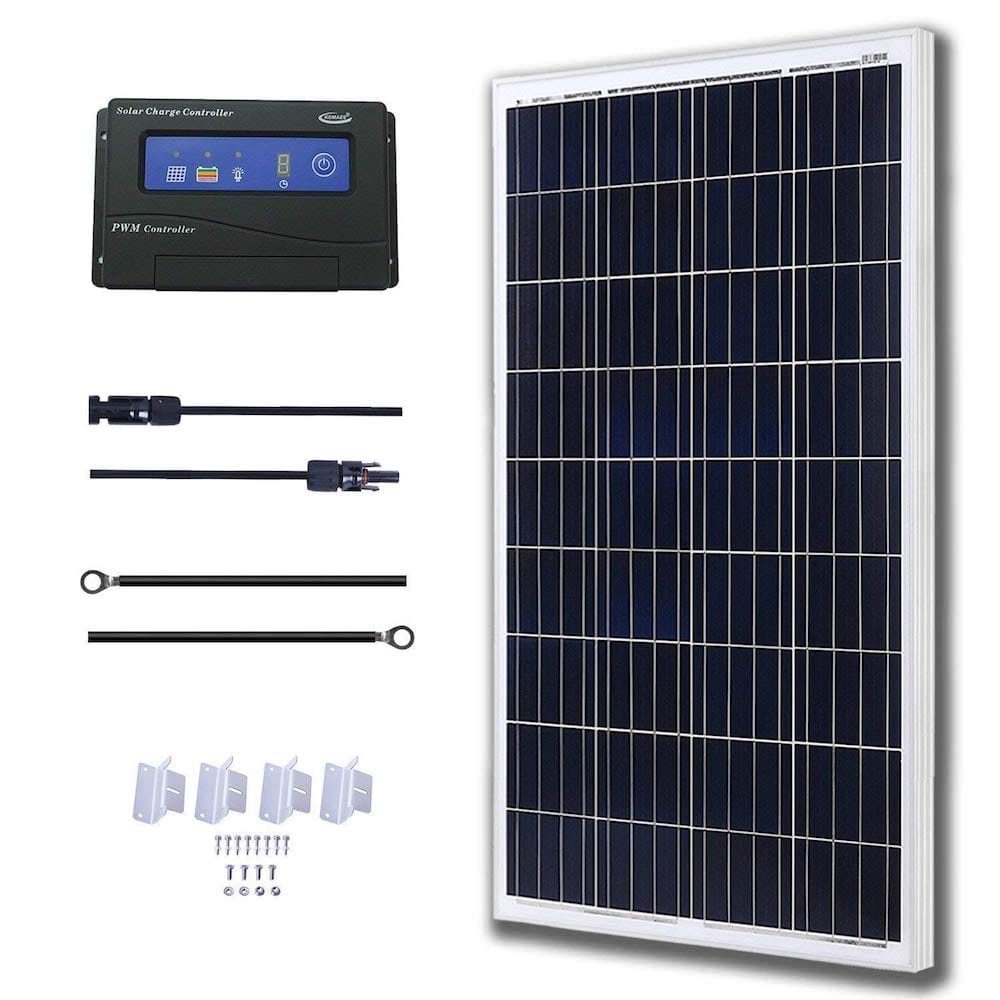
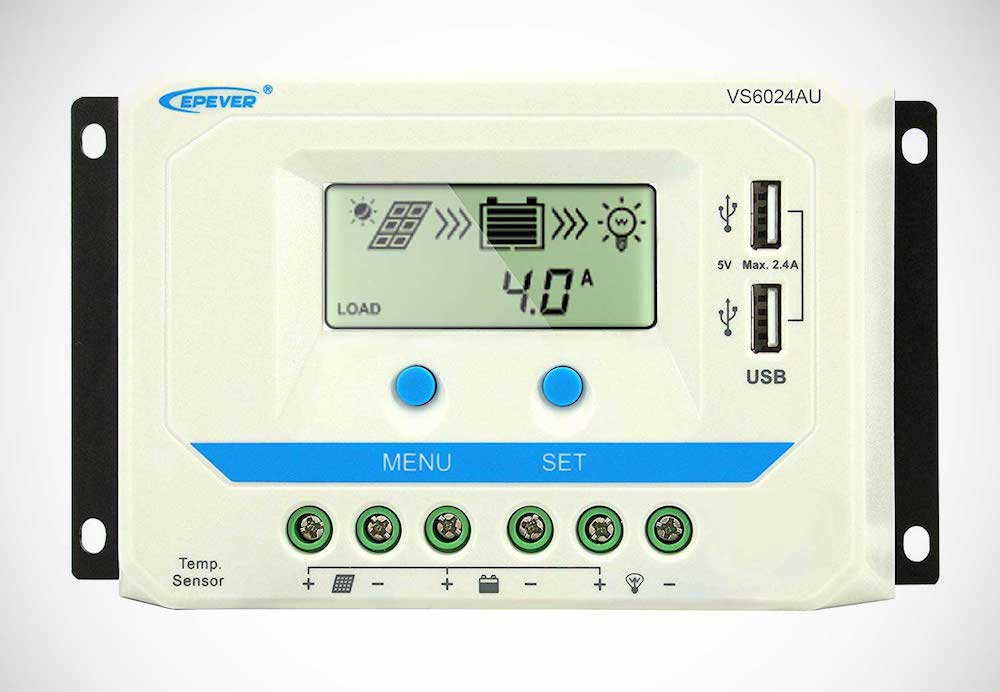
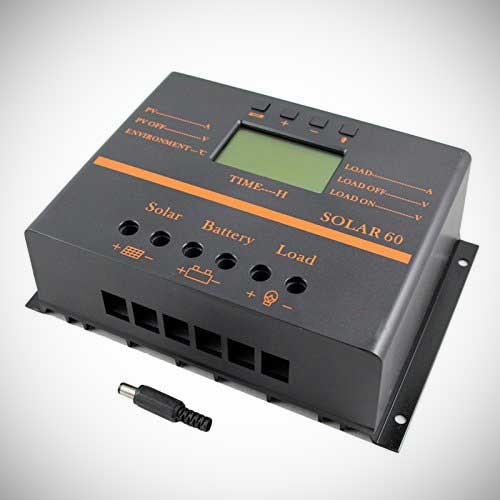
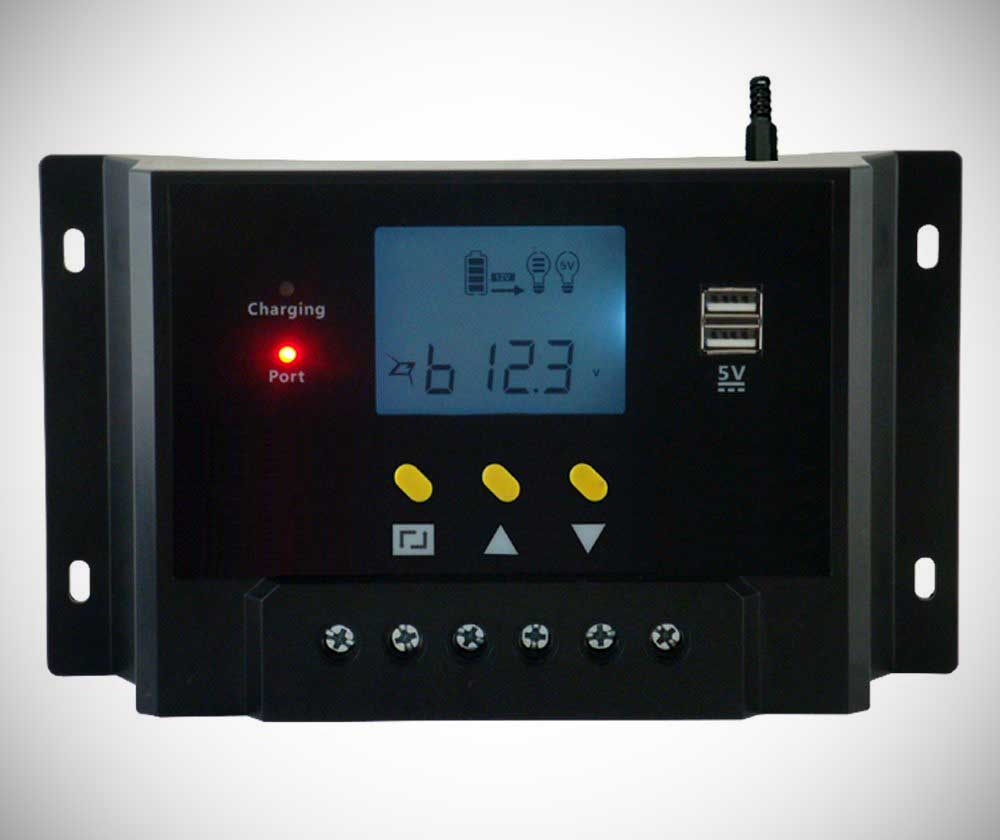
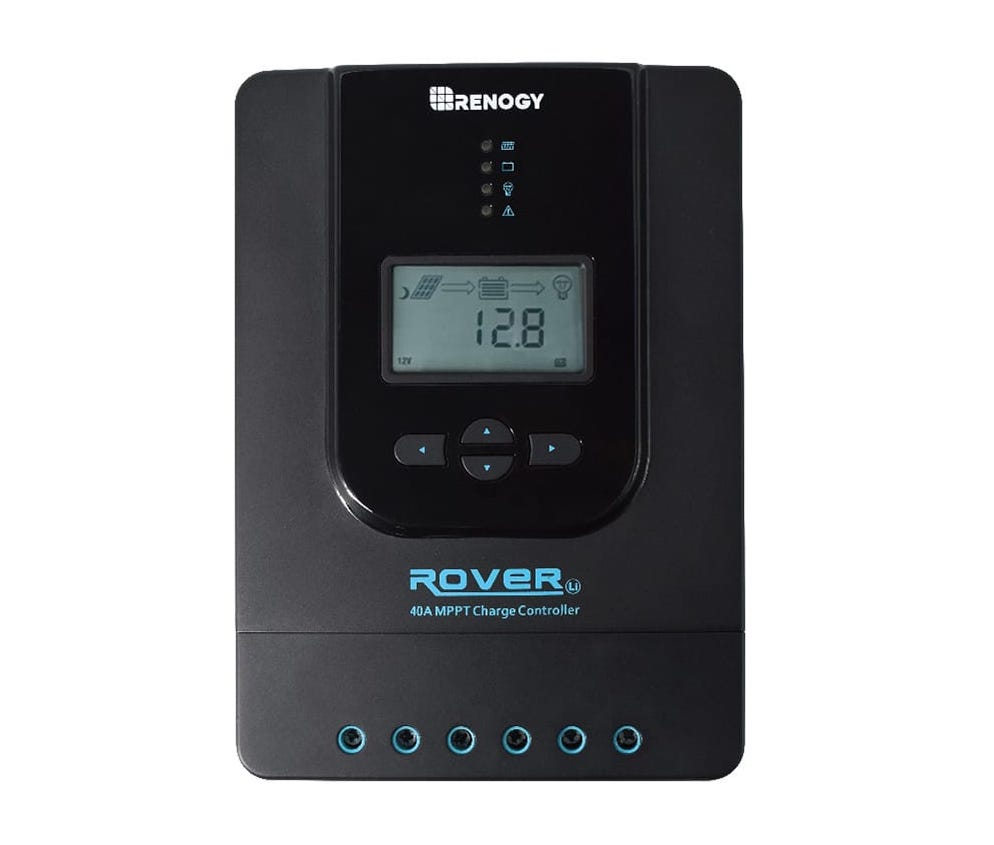
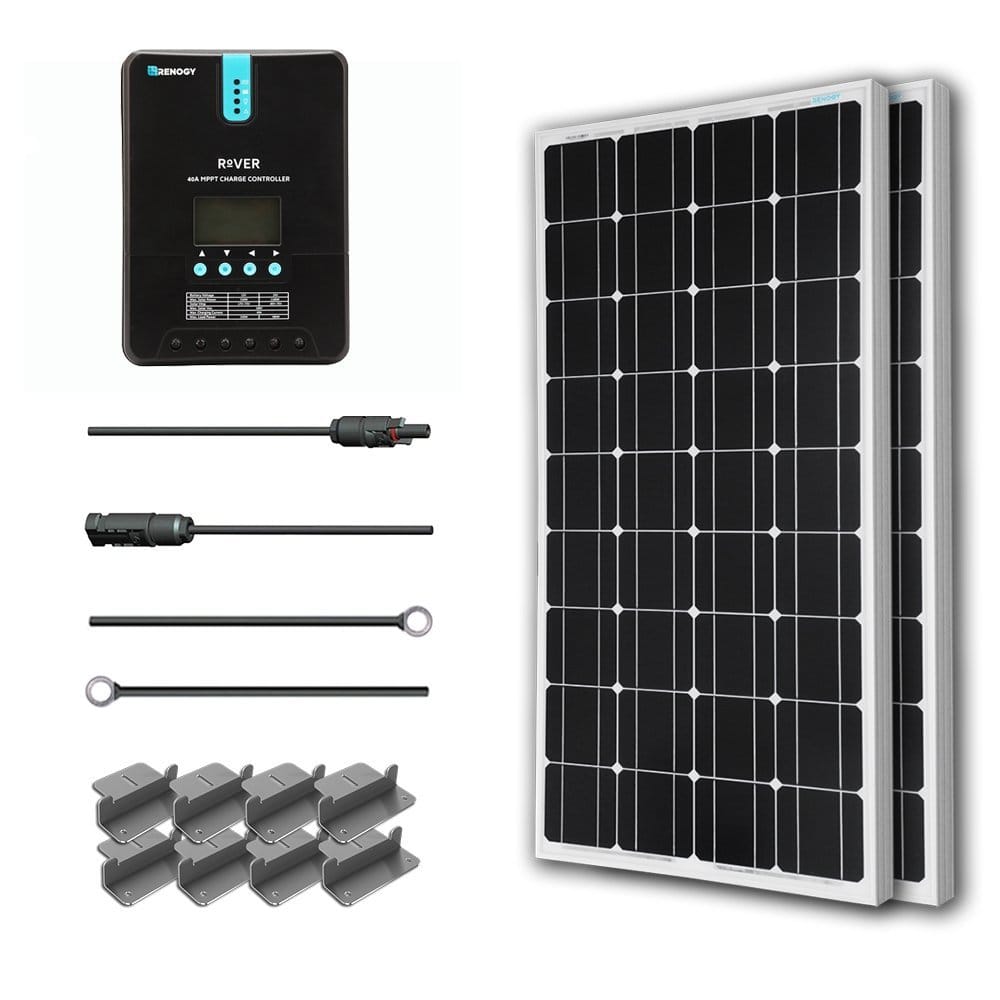
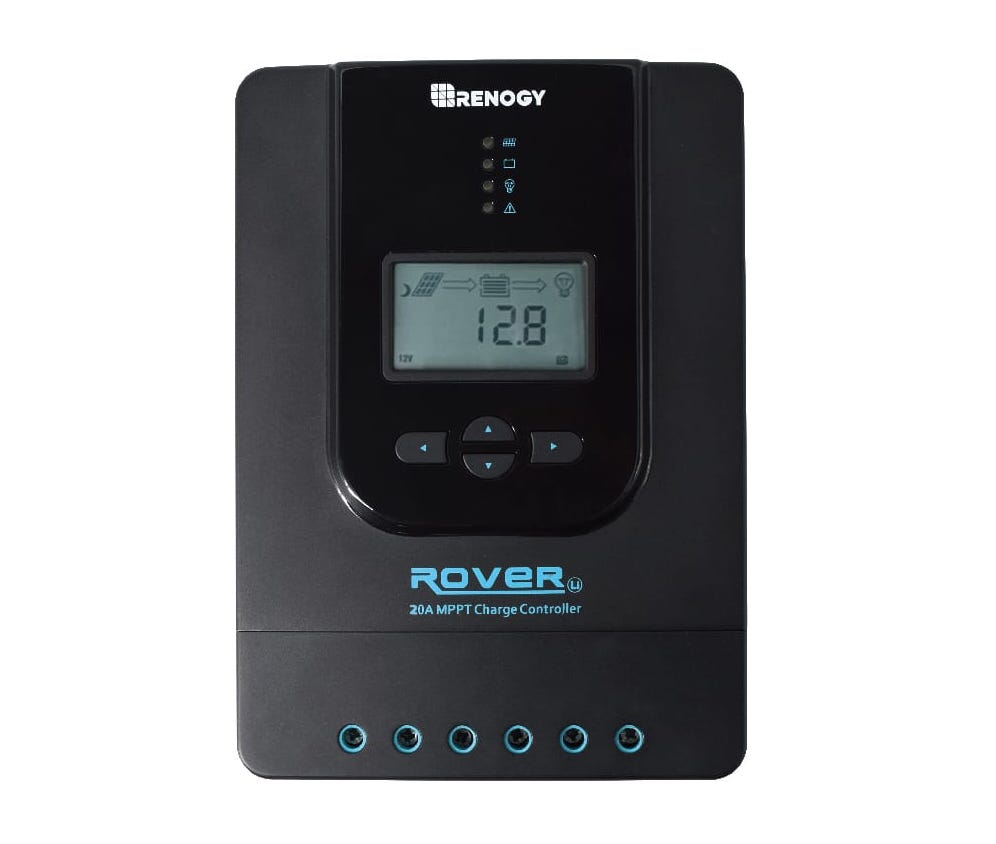
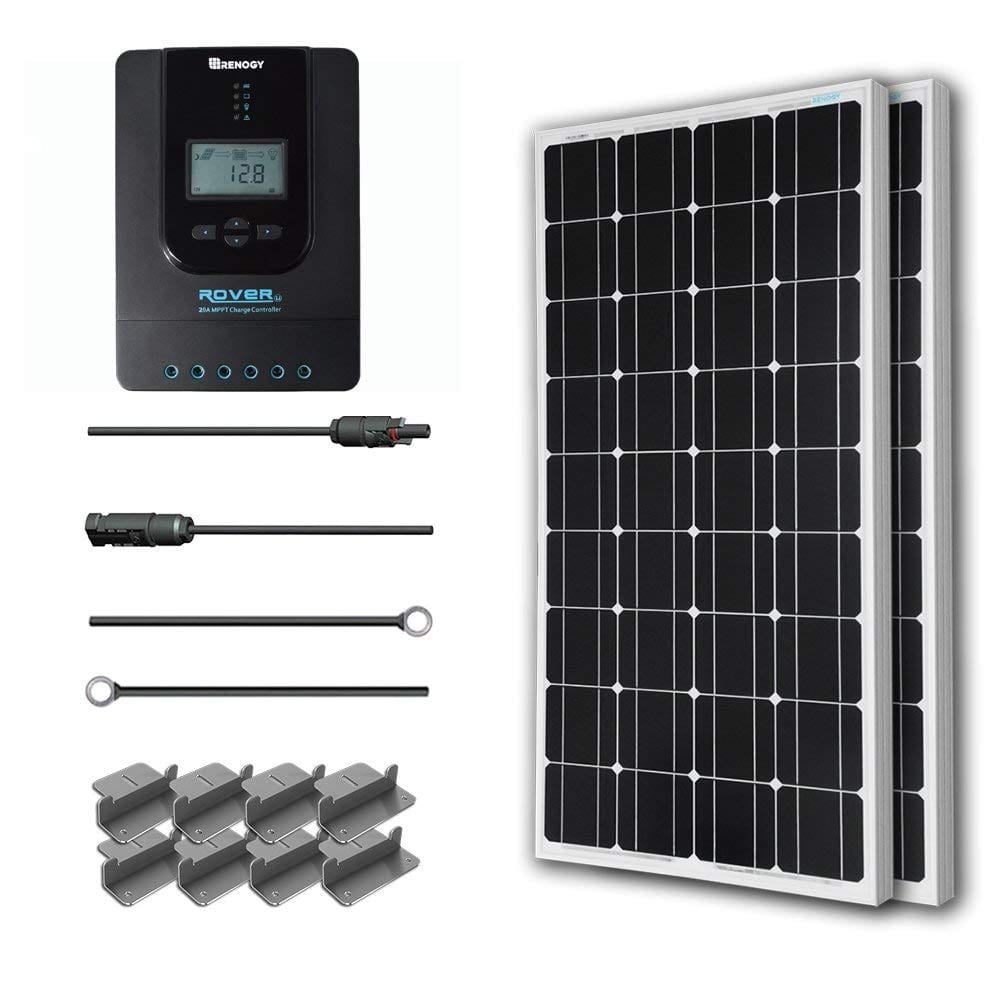
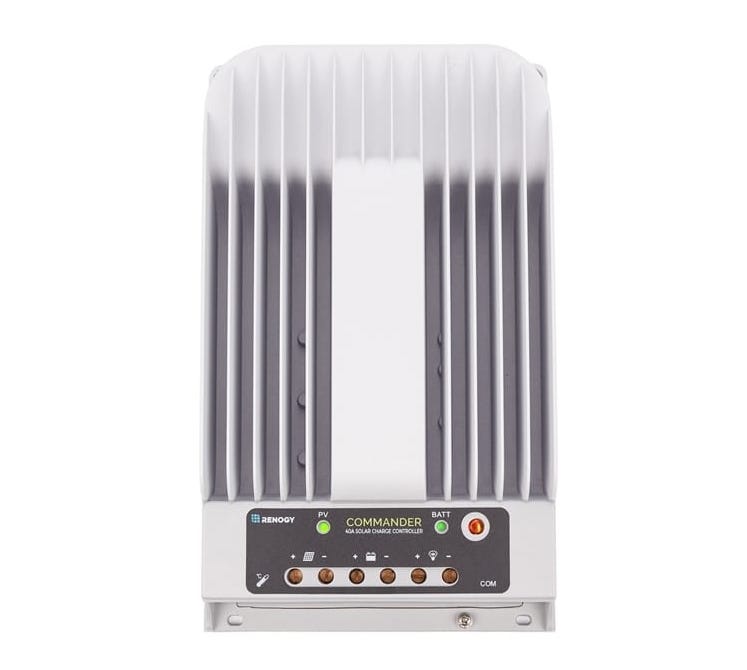
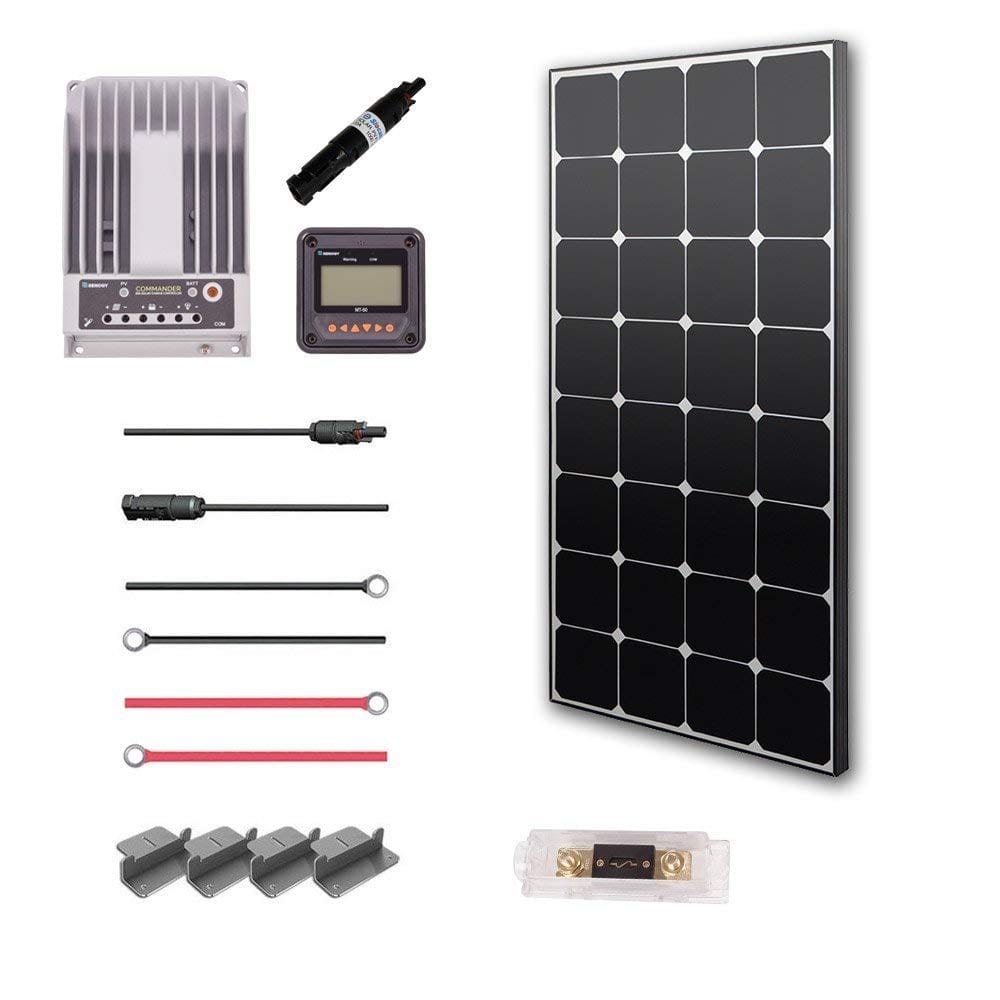
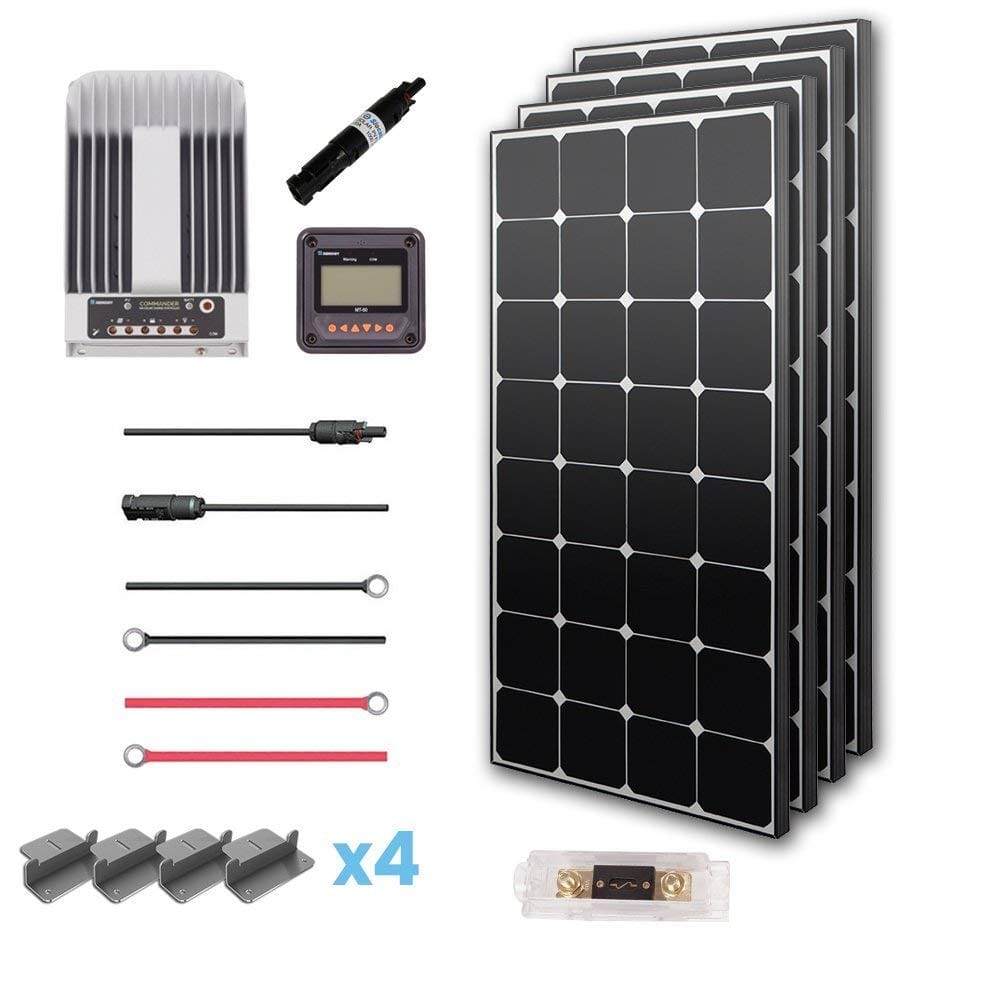
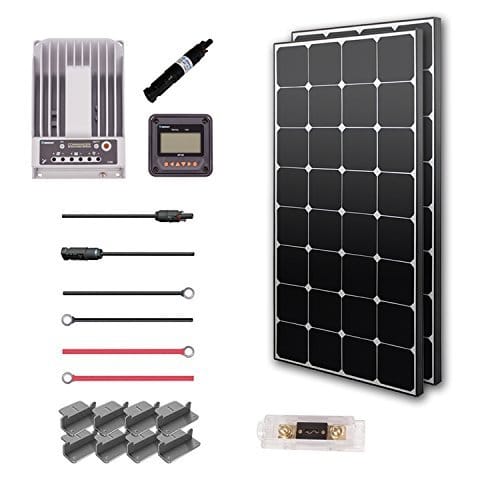
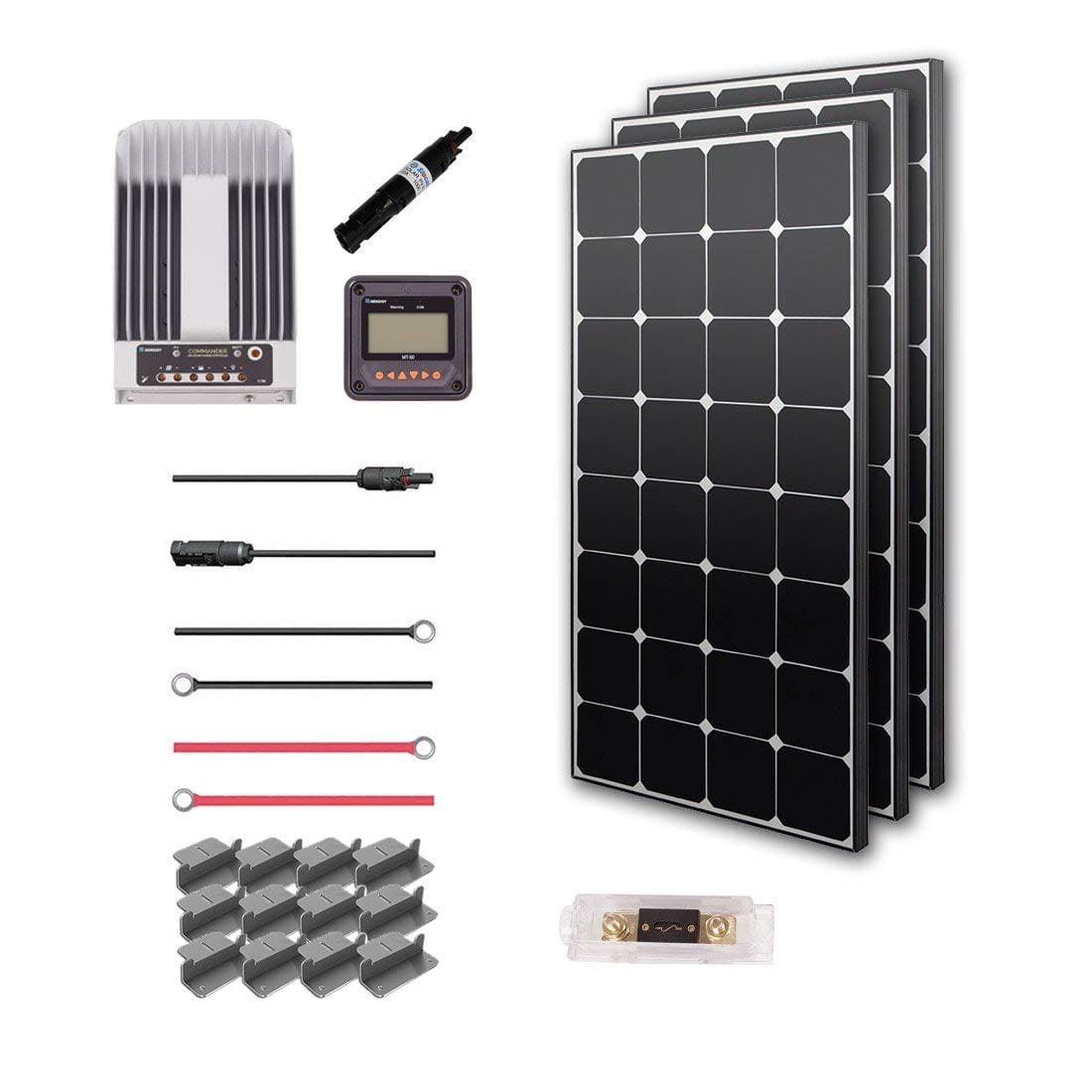
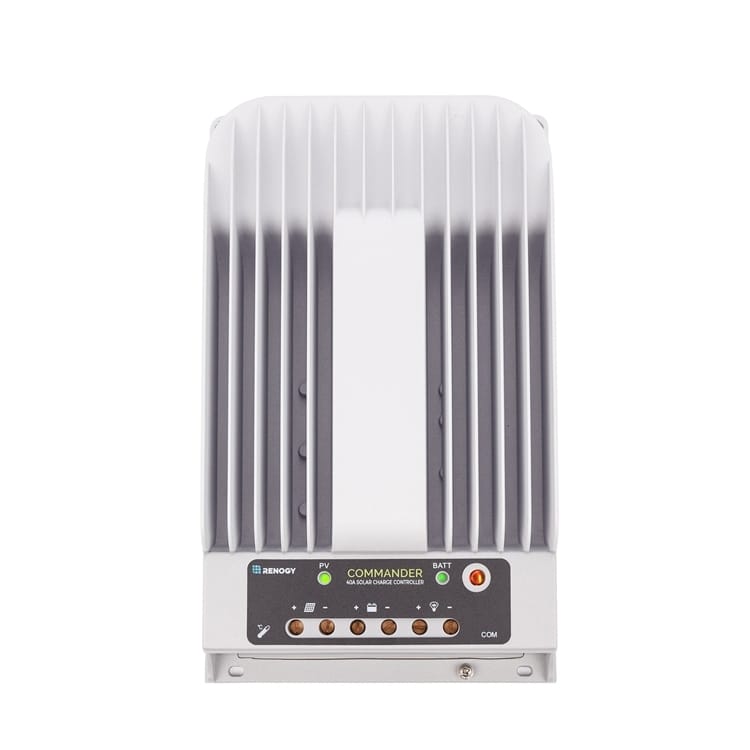
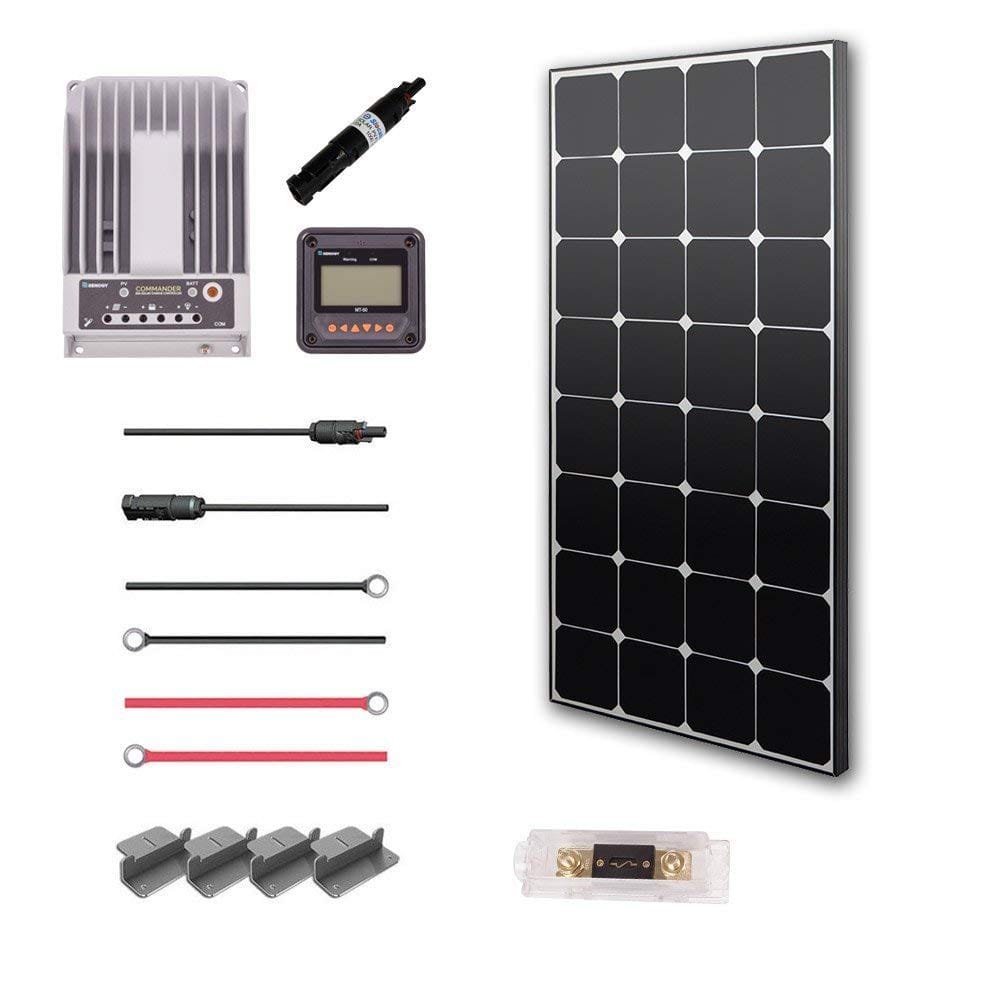
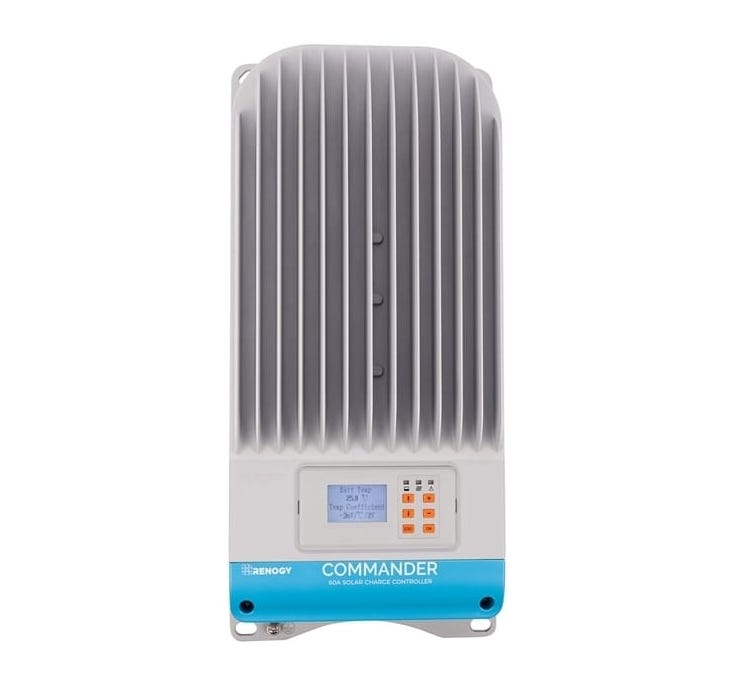
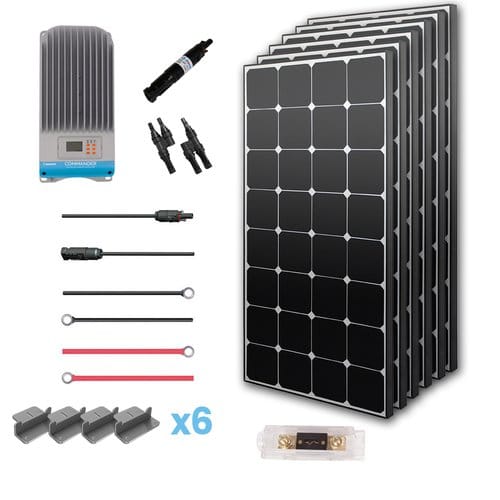
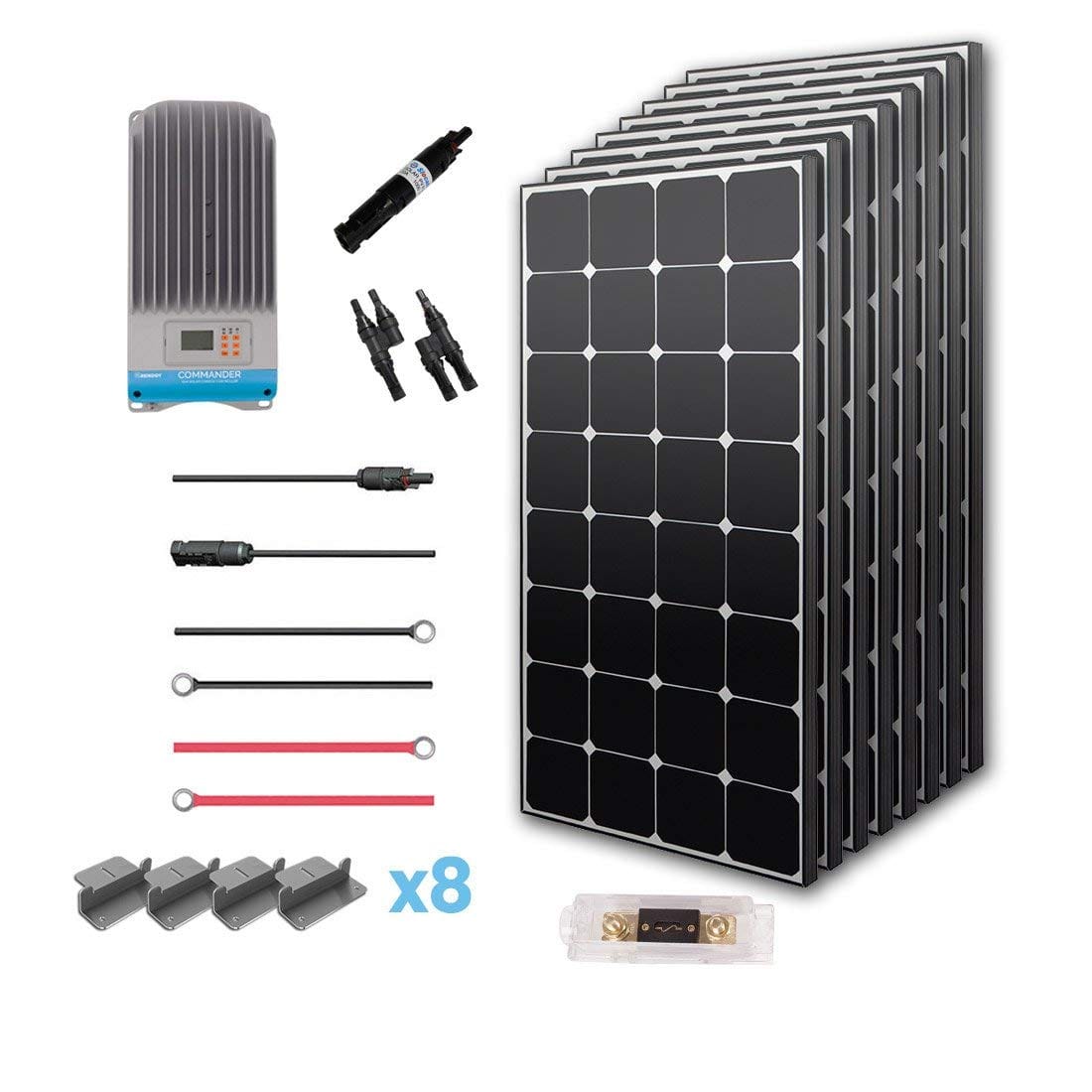
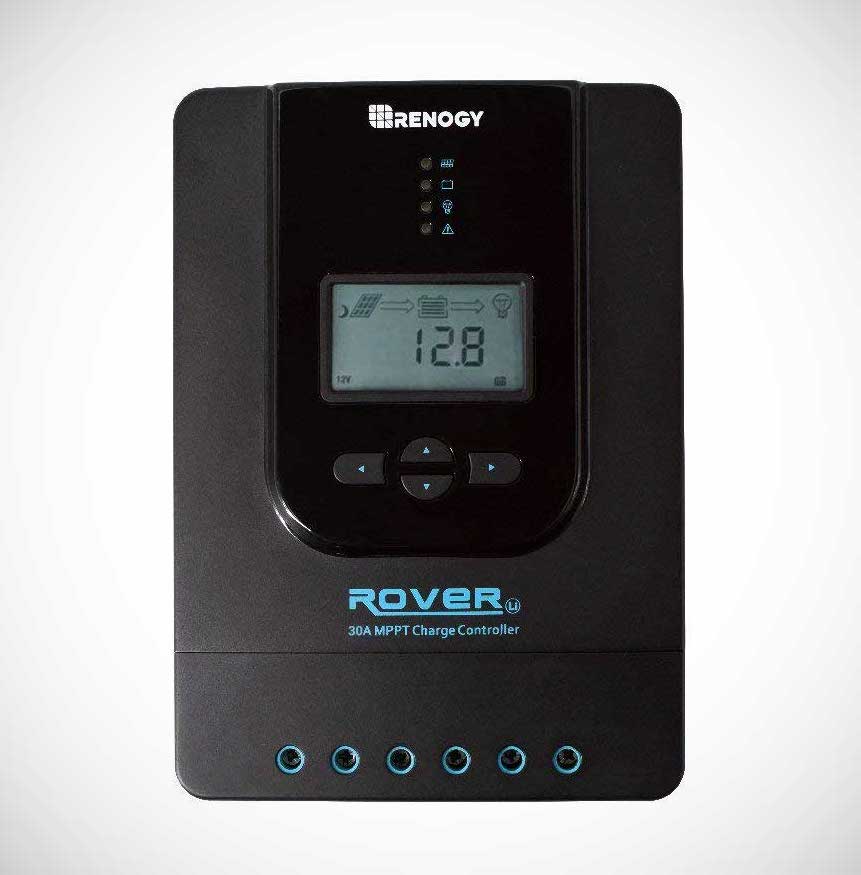
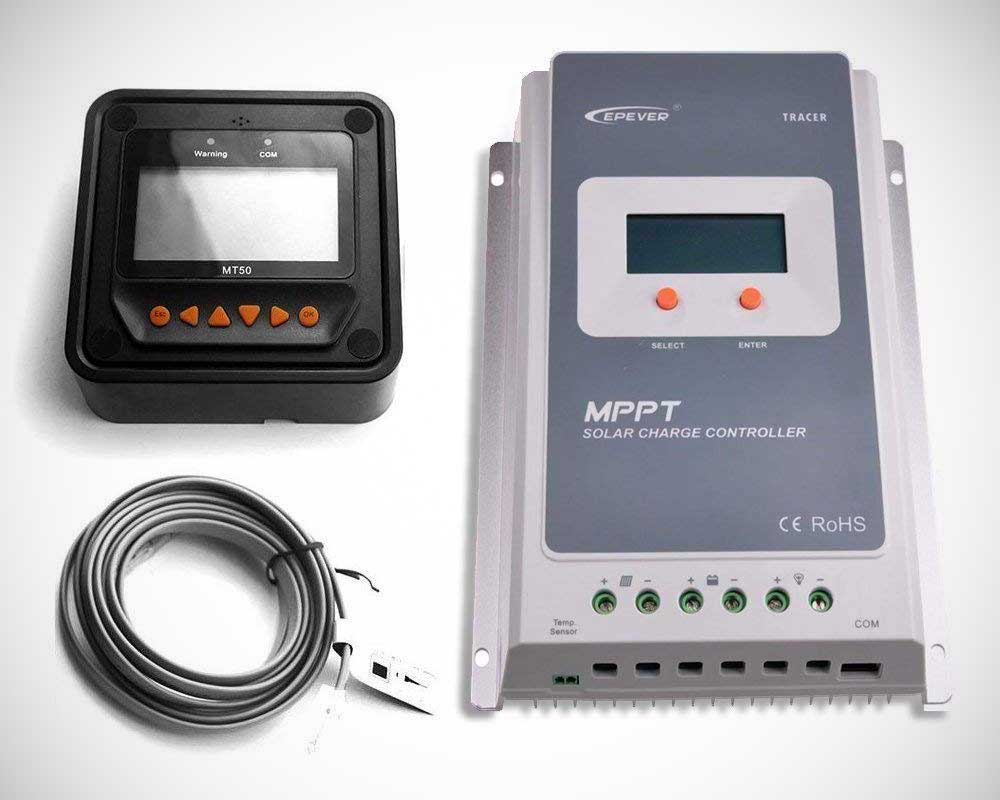
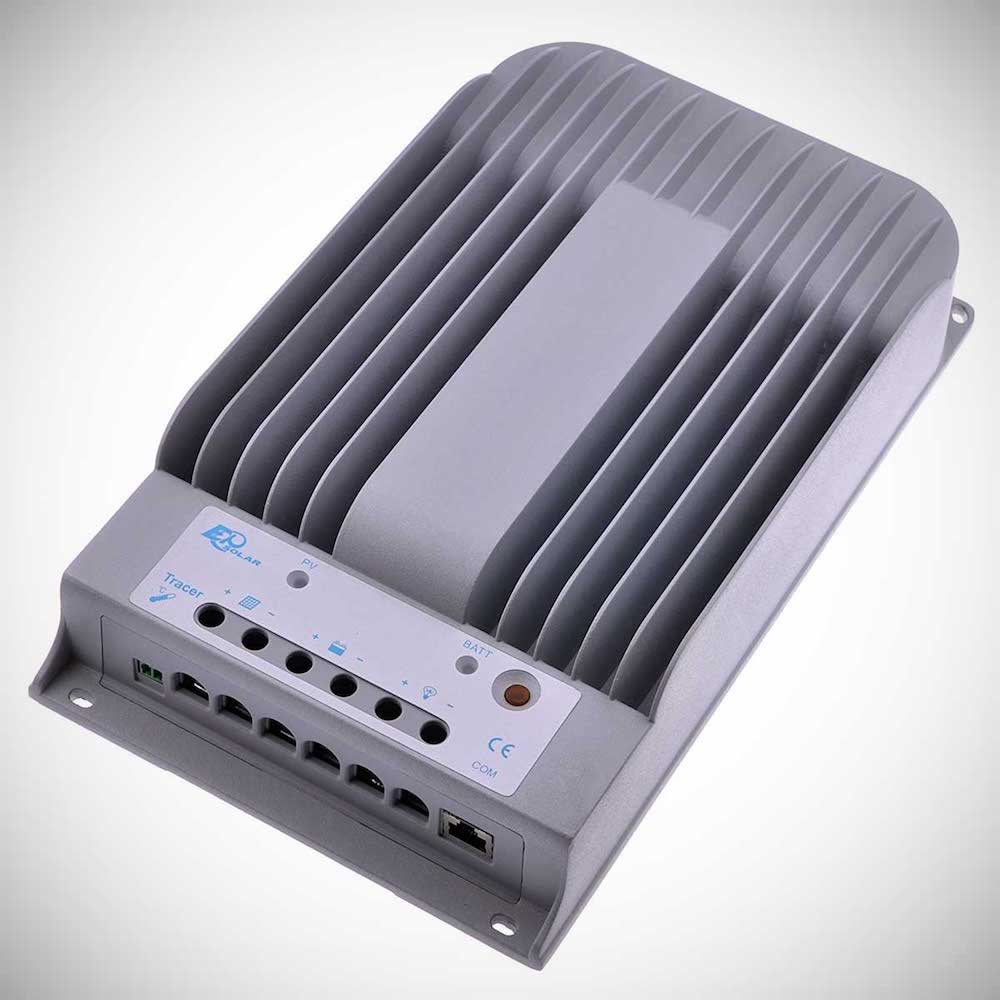
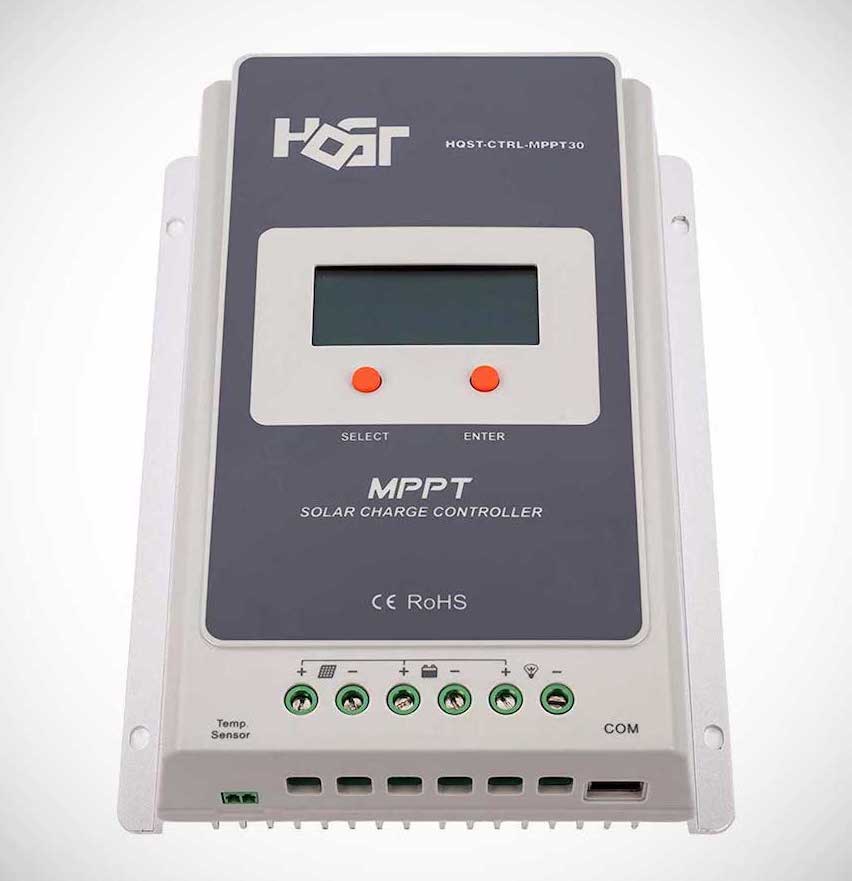
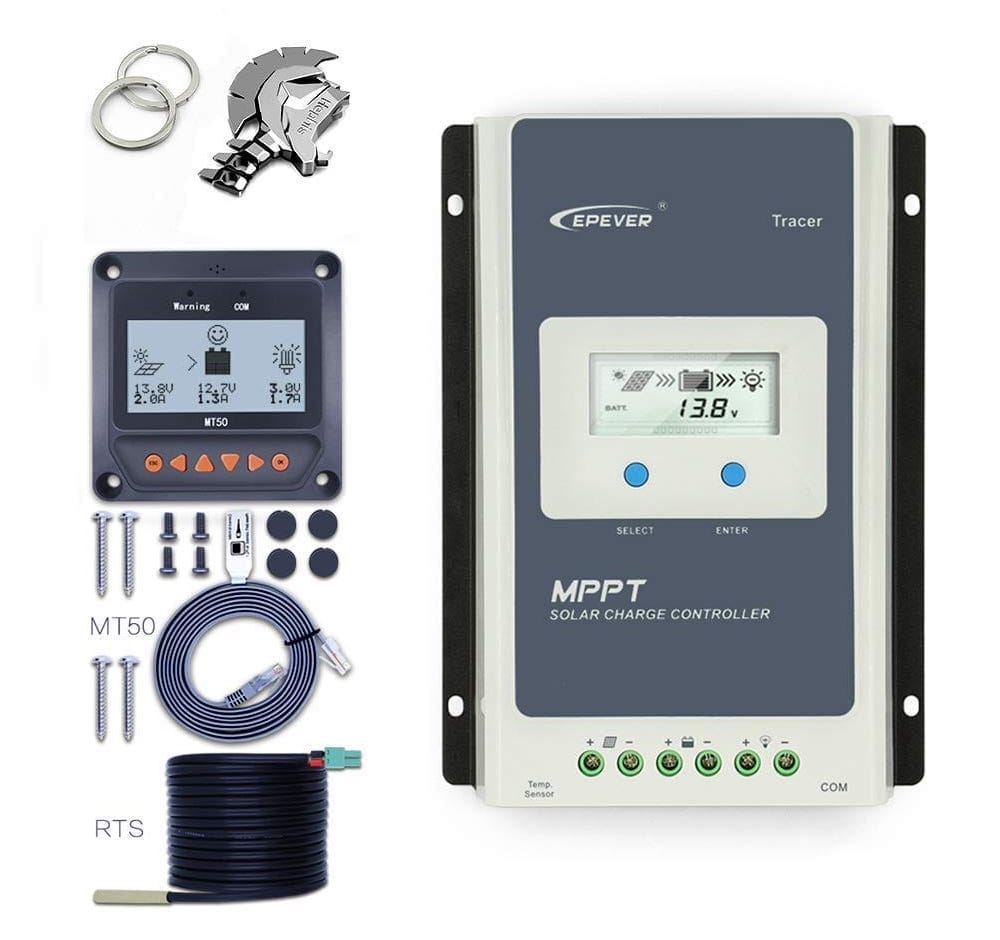
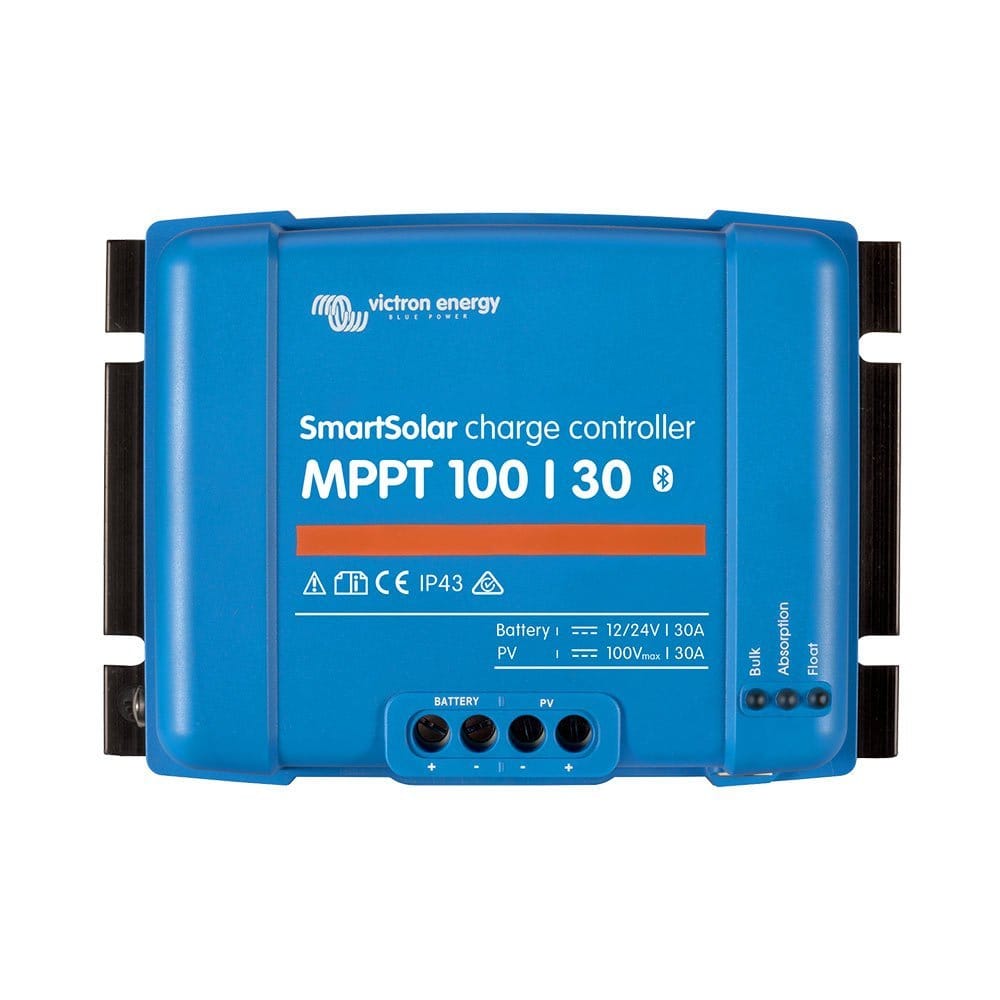
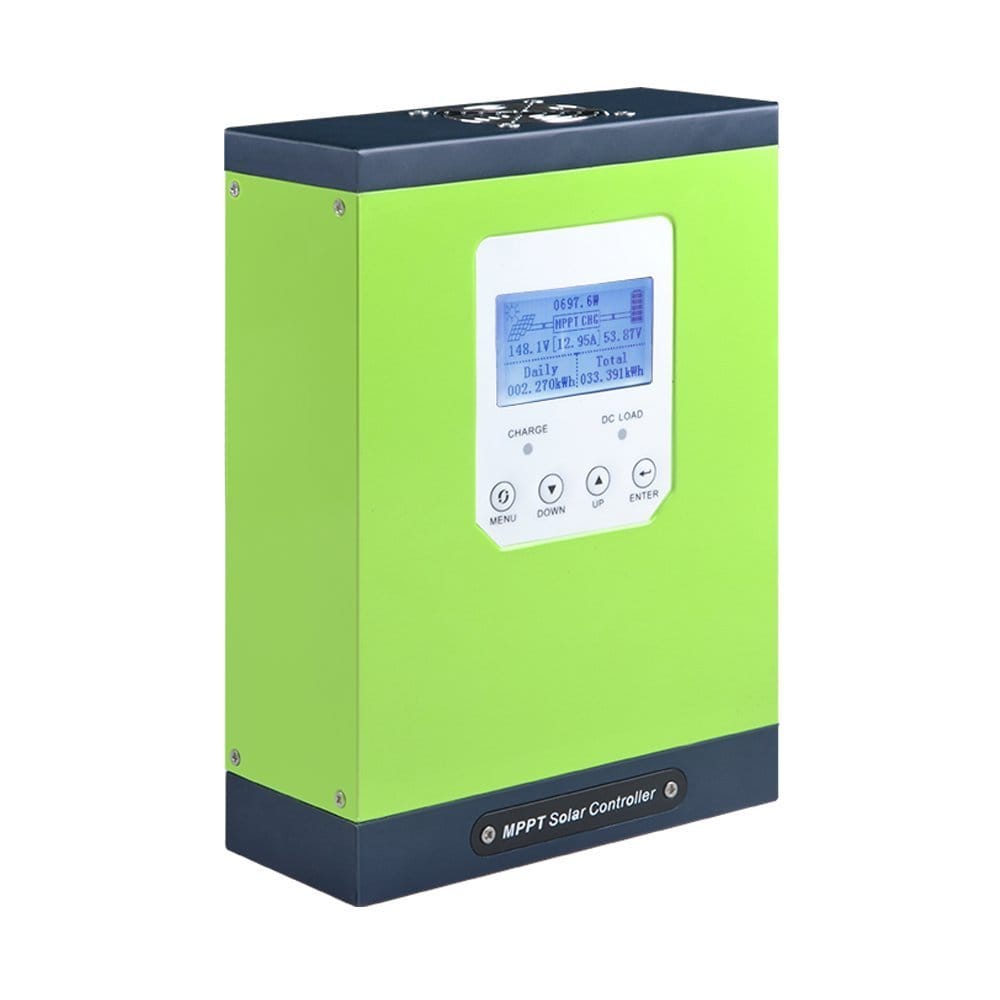





Comments